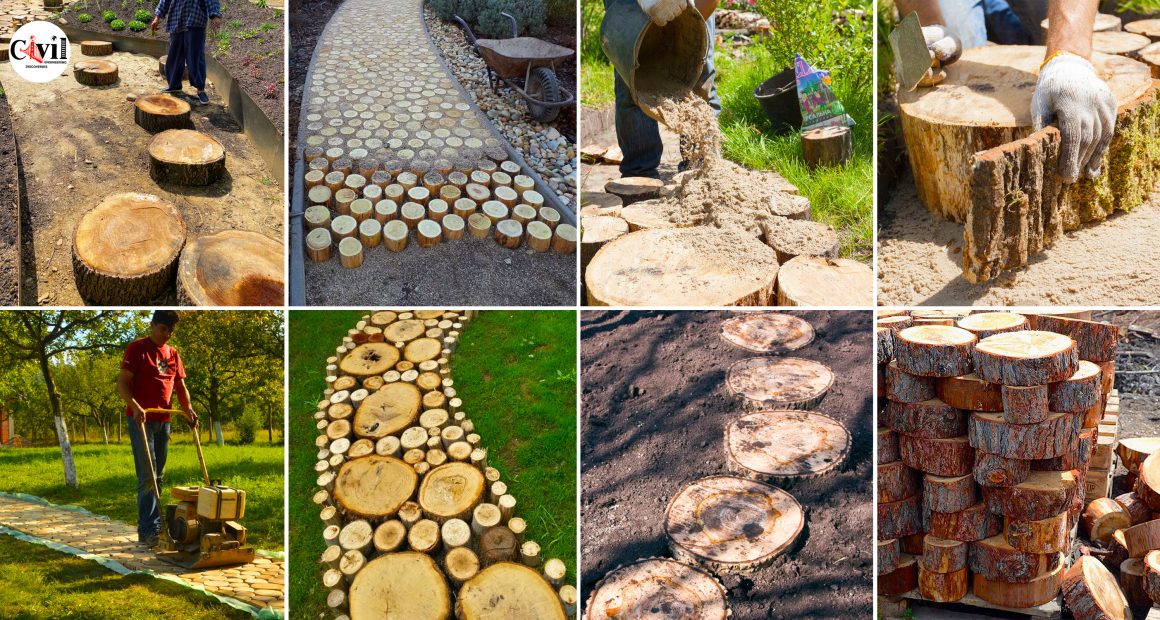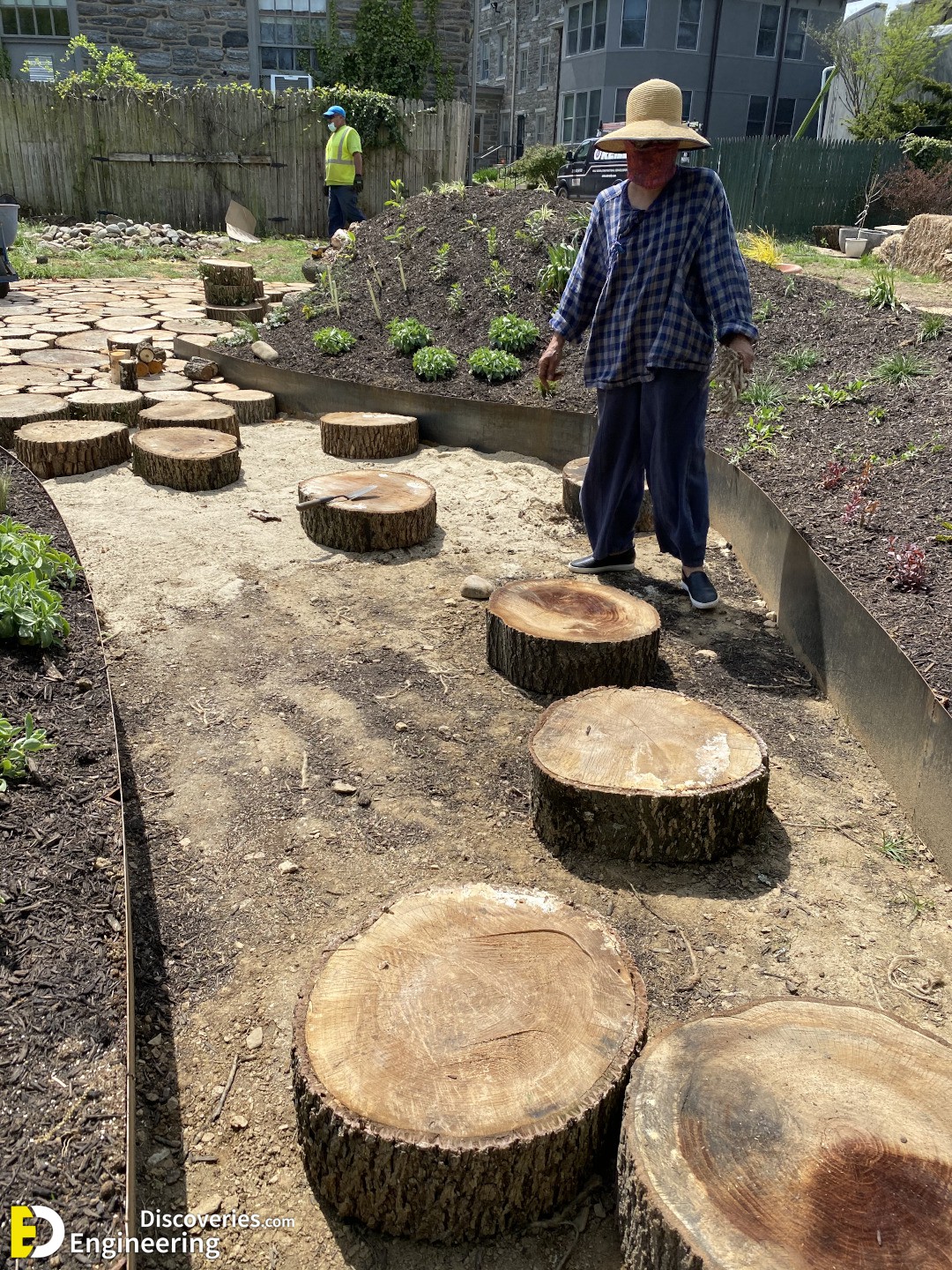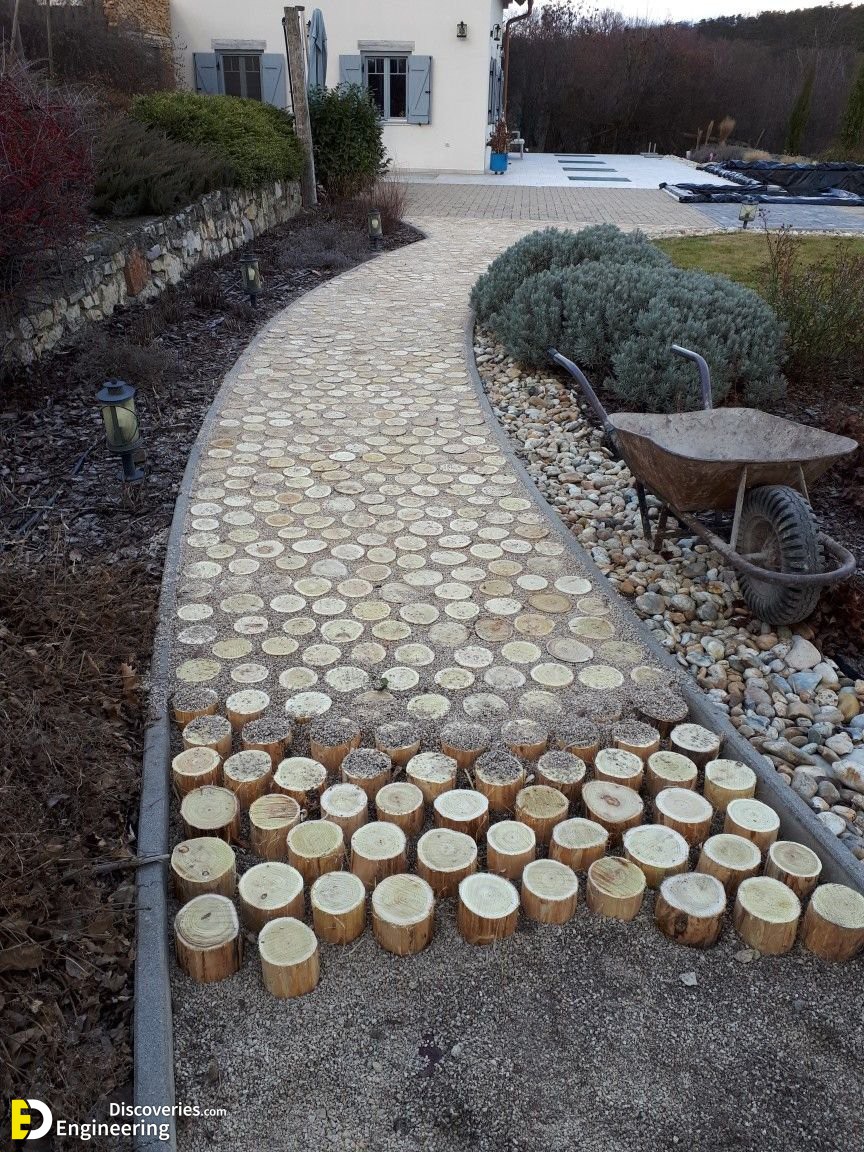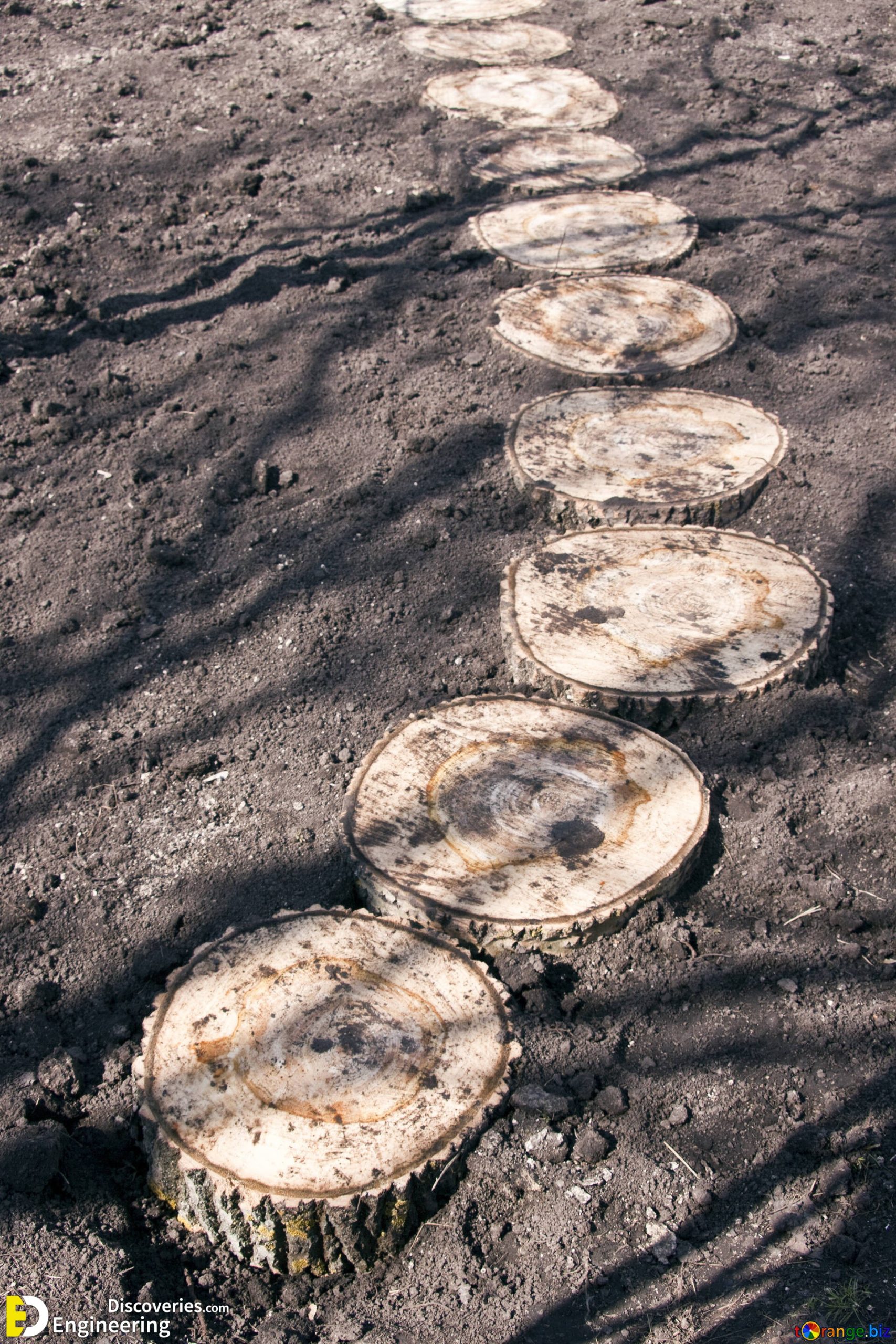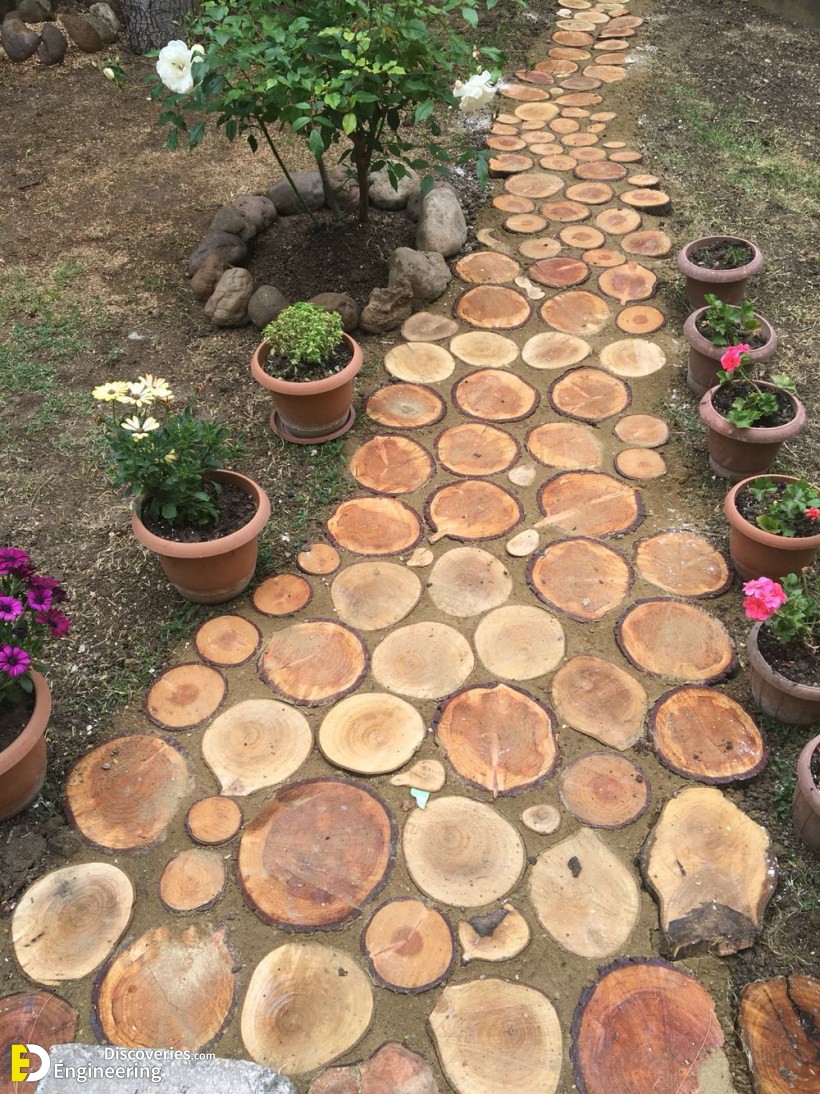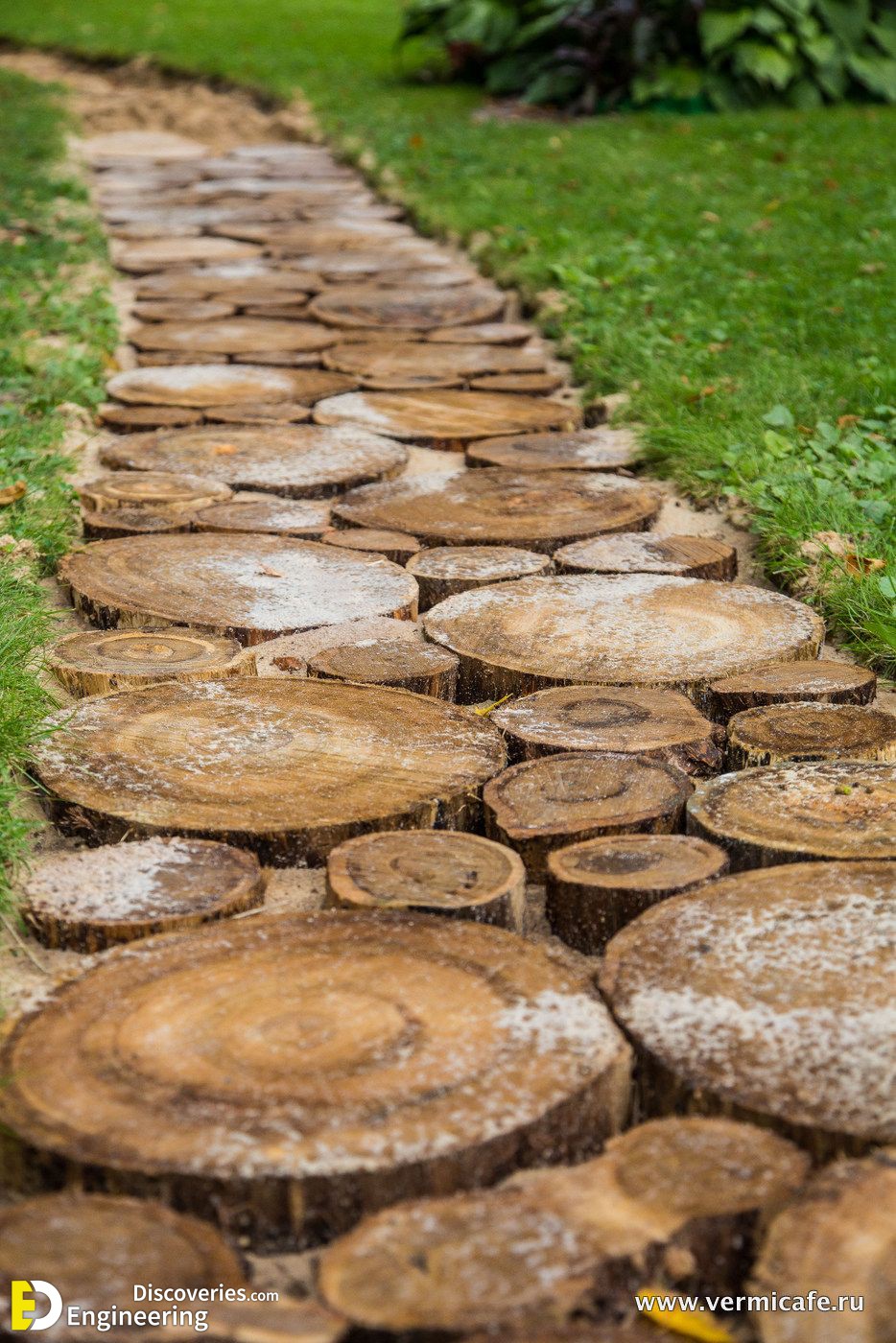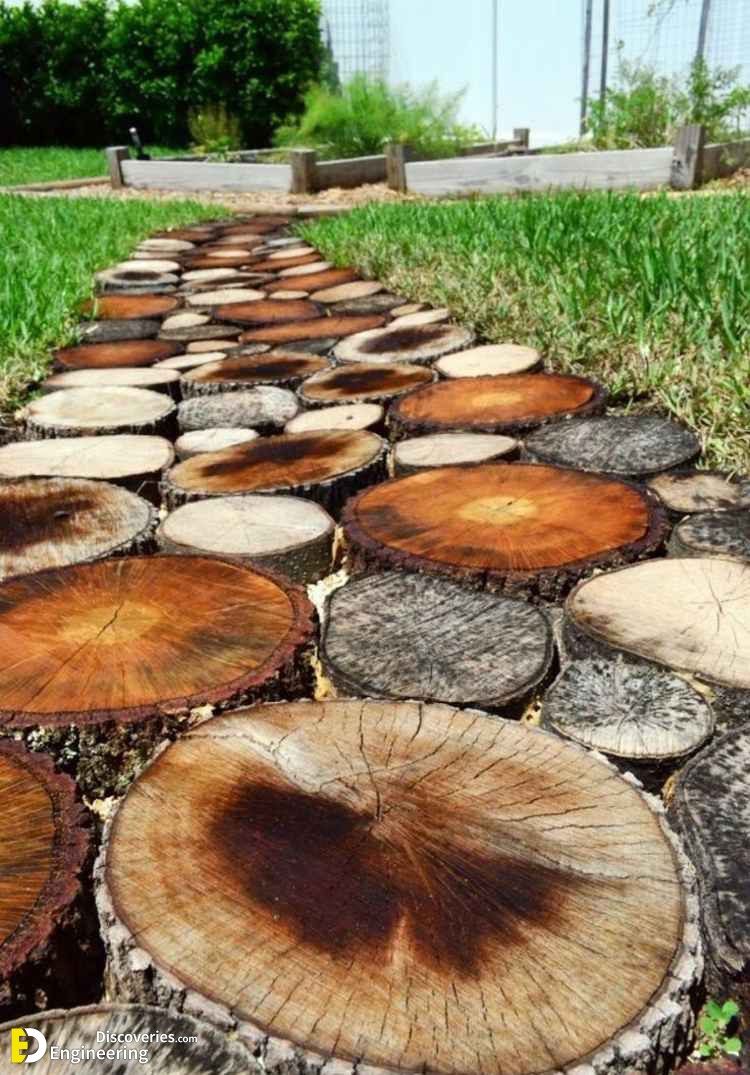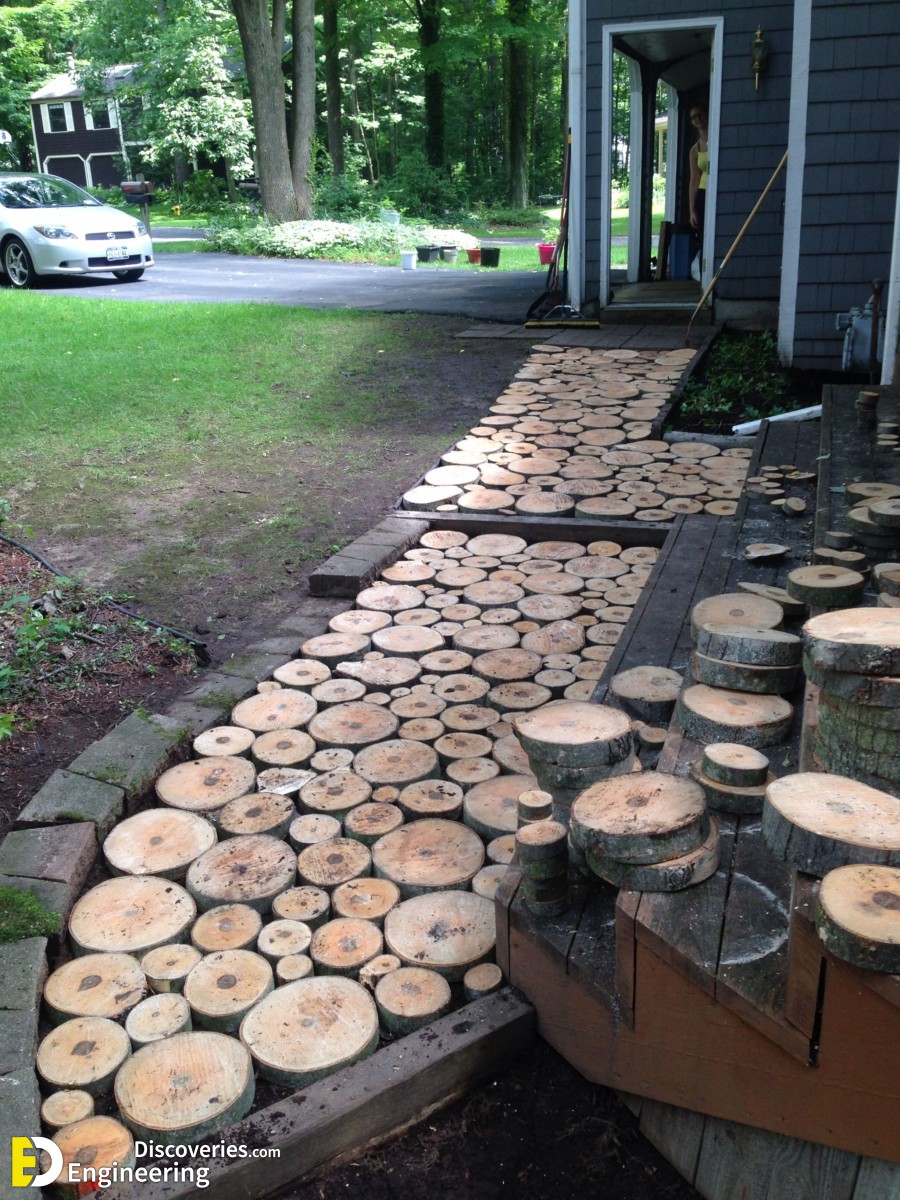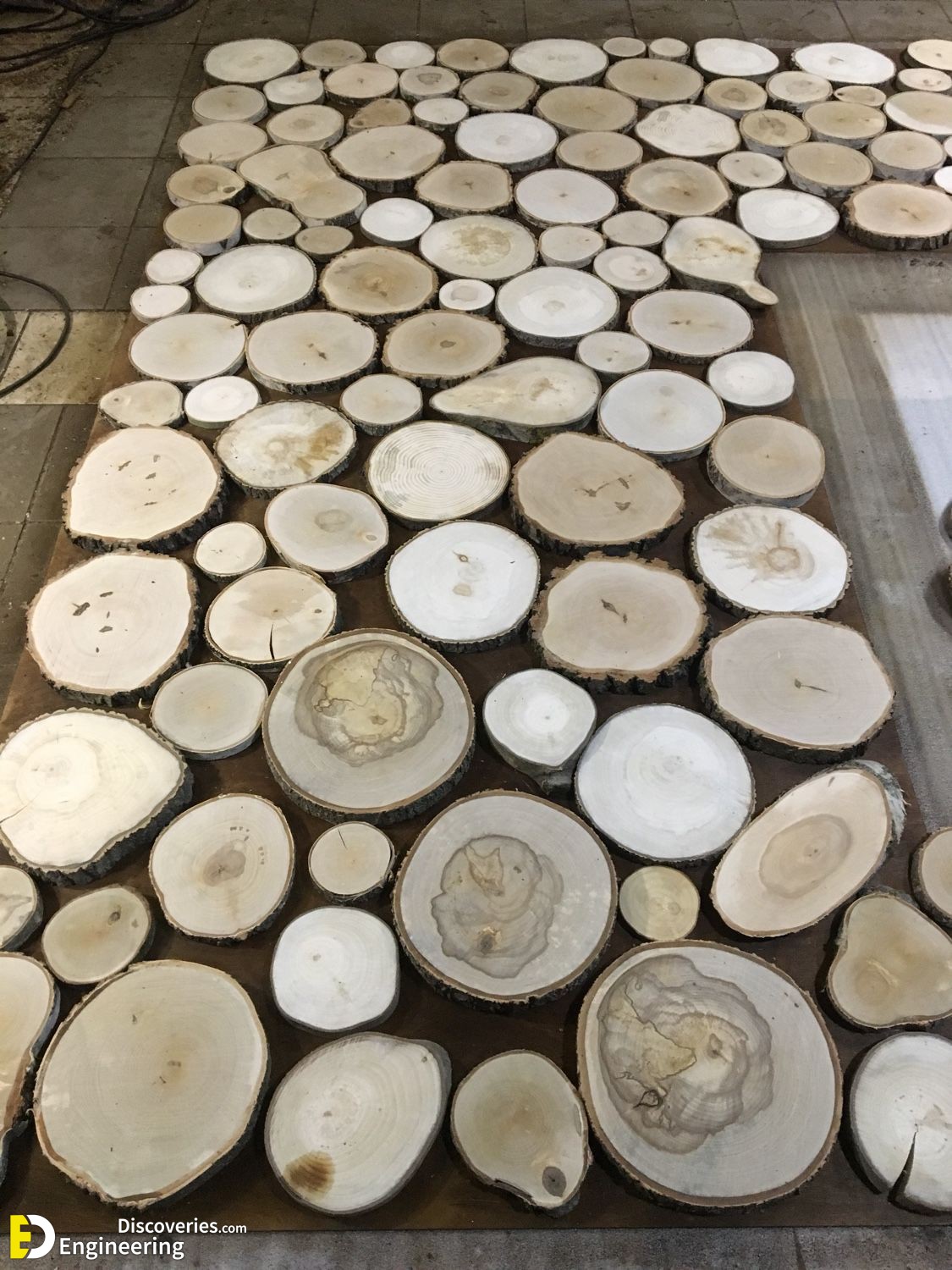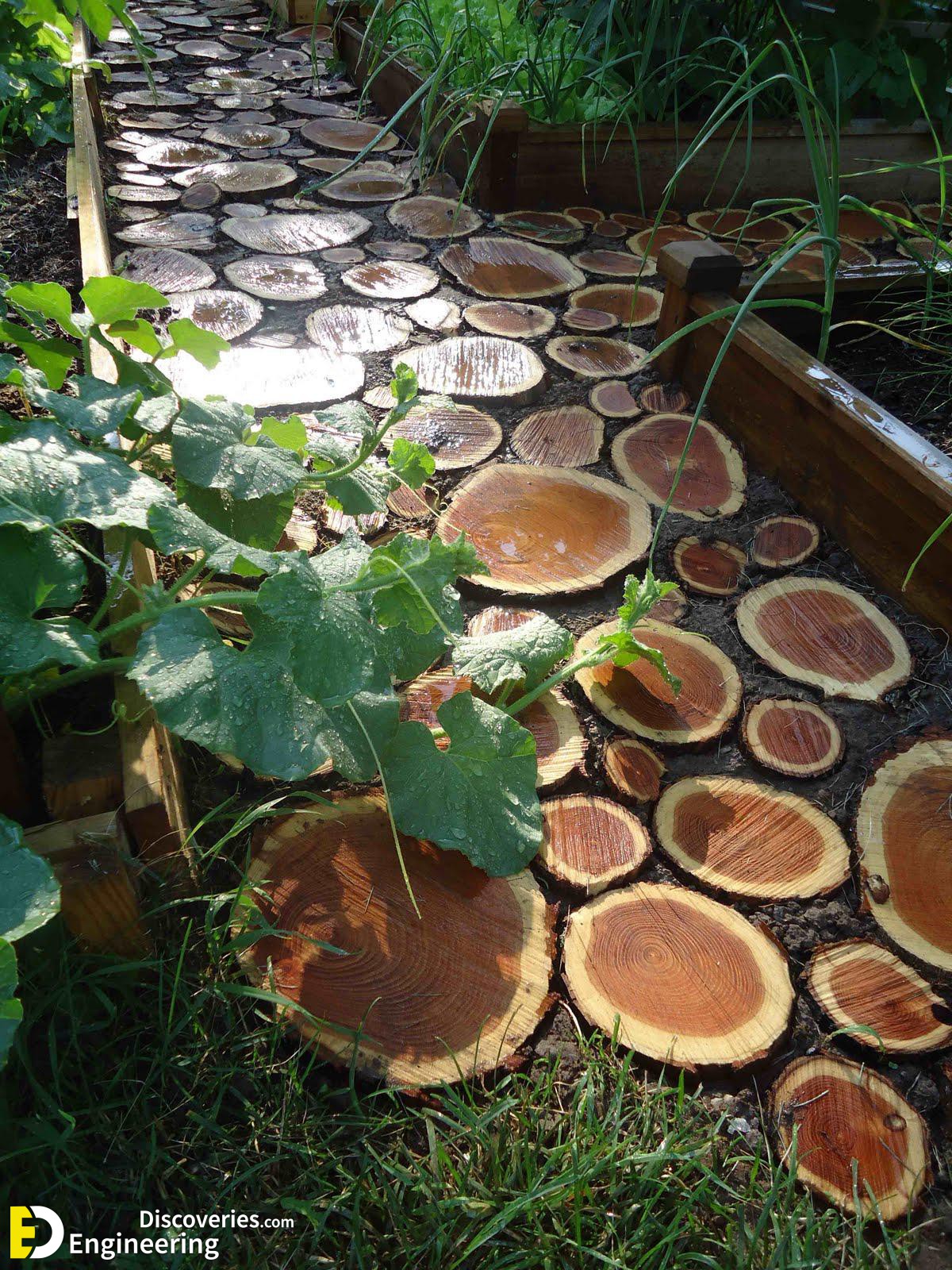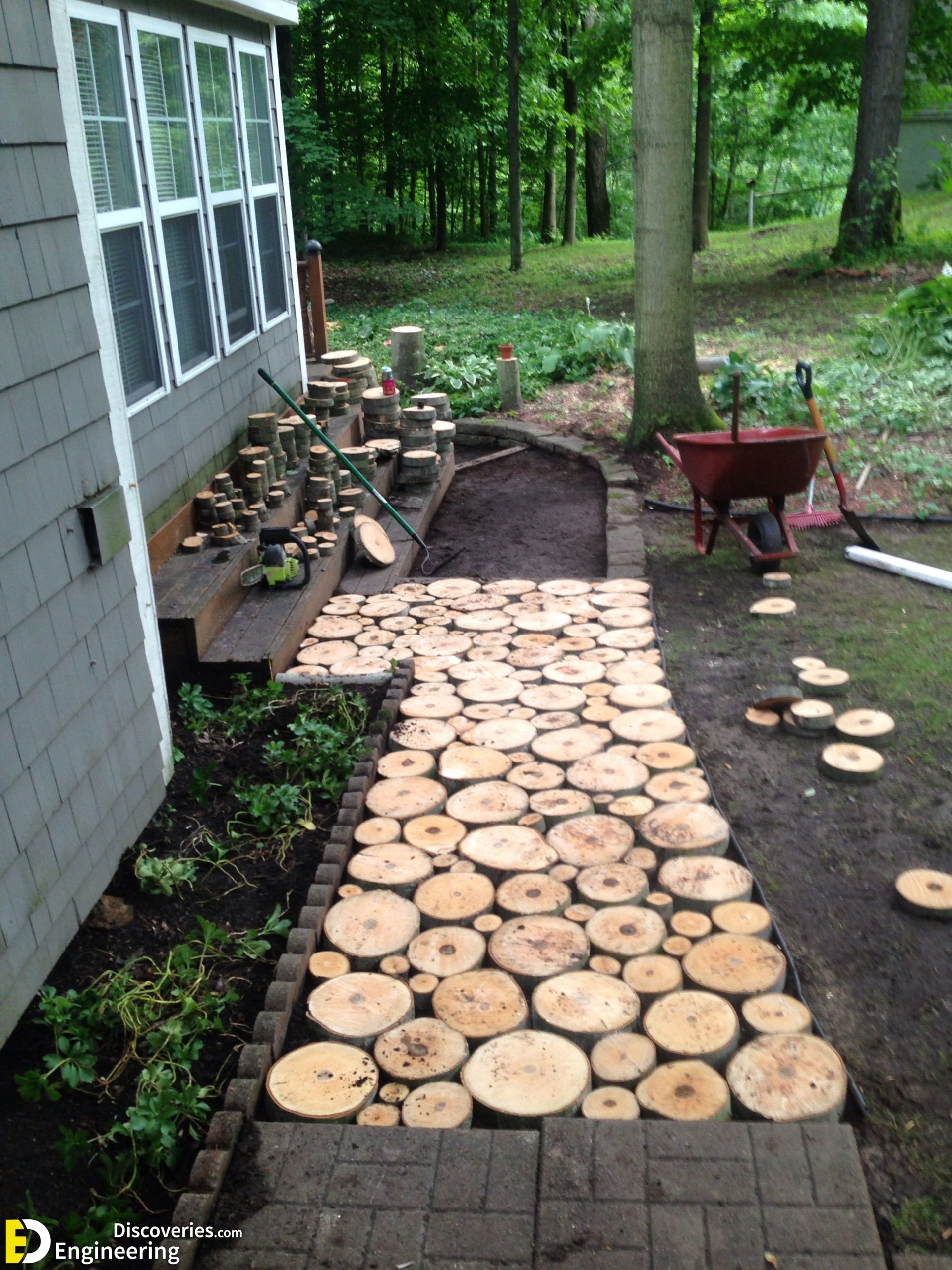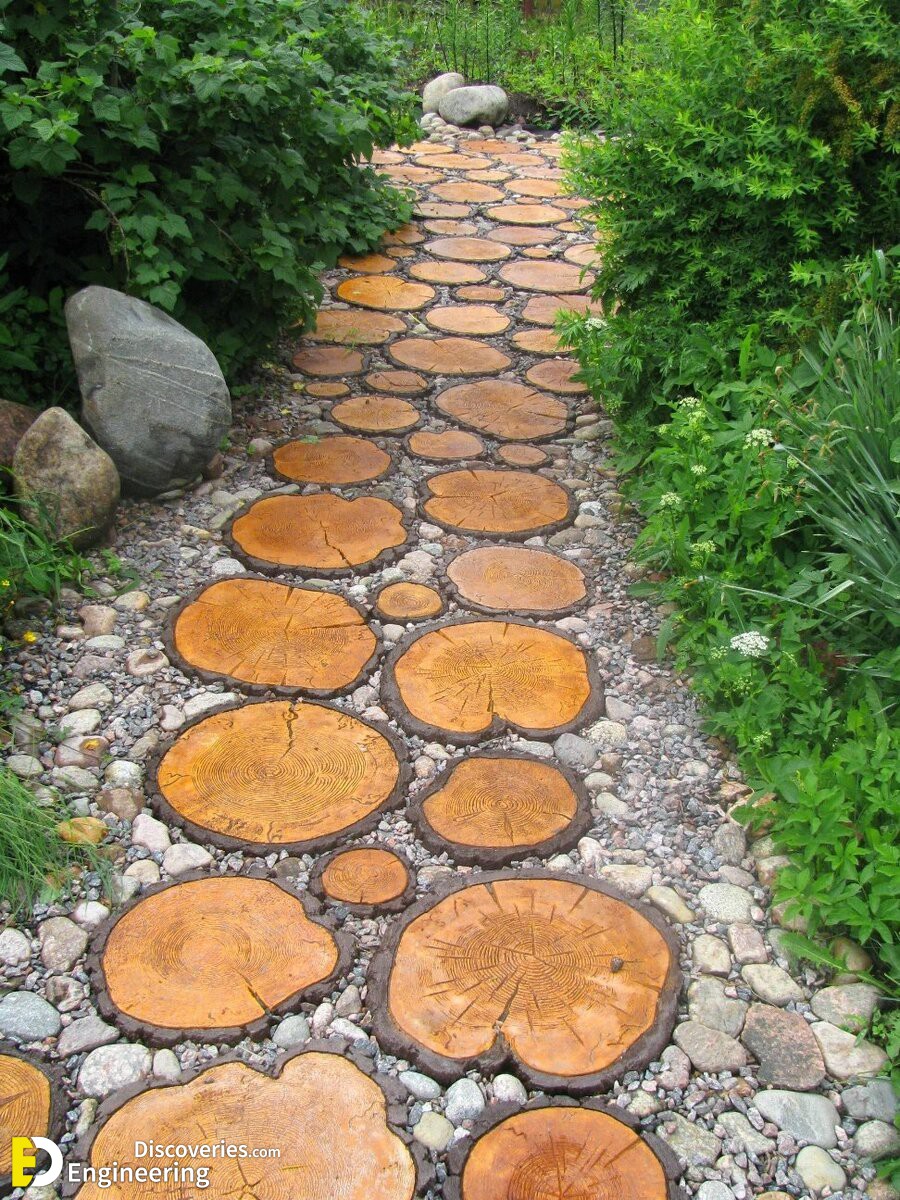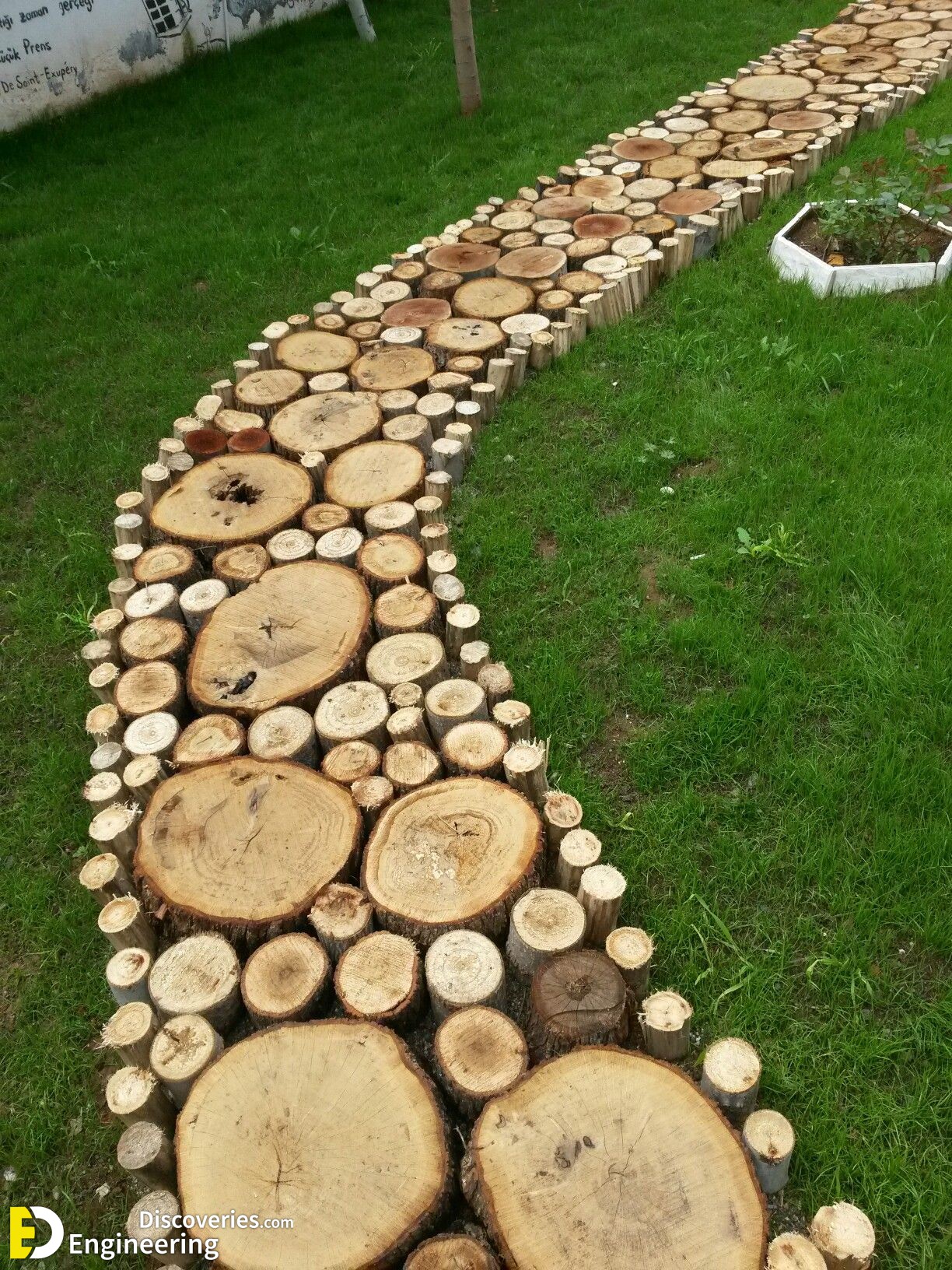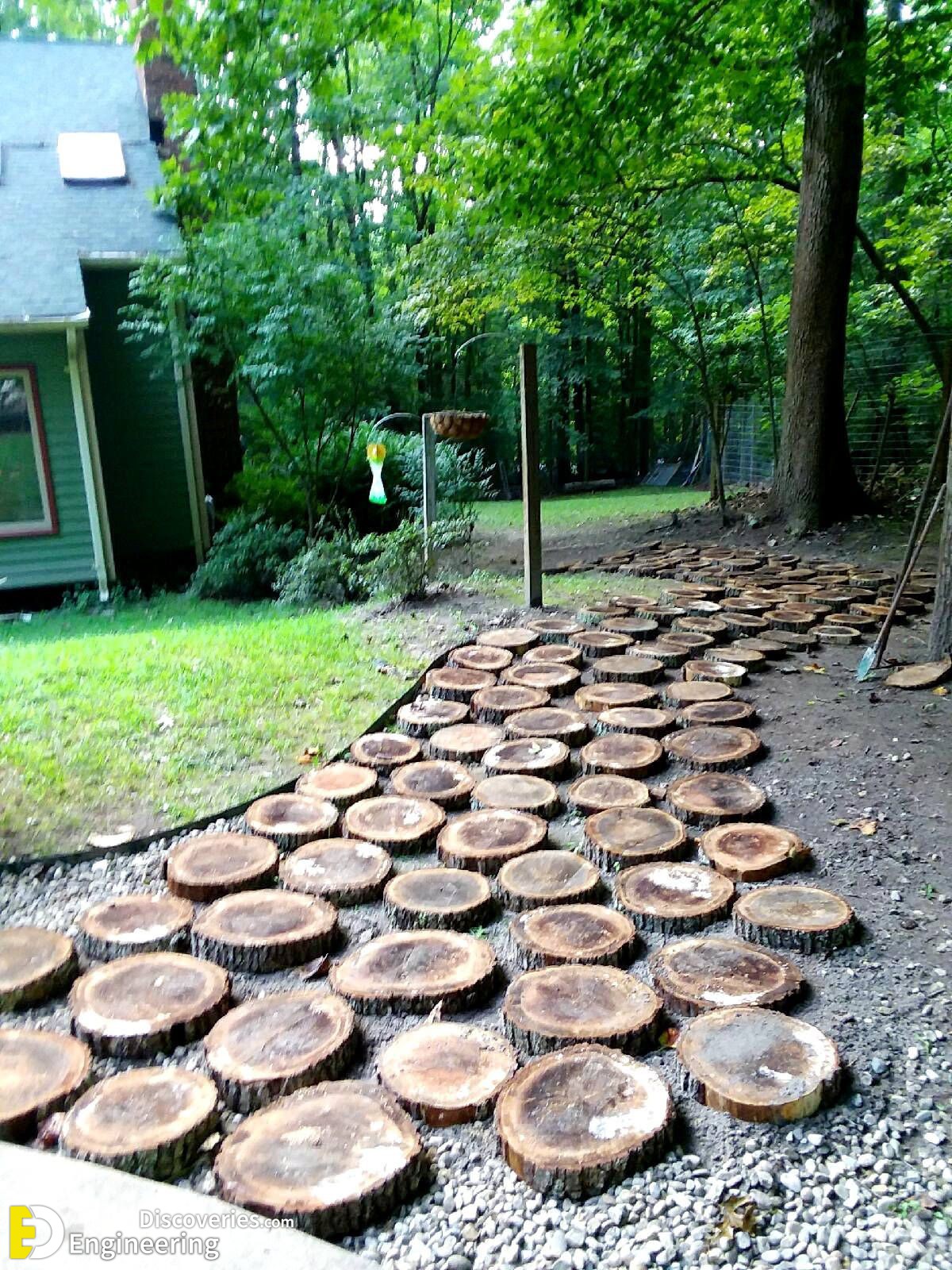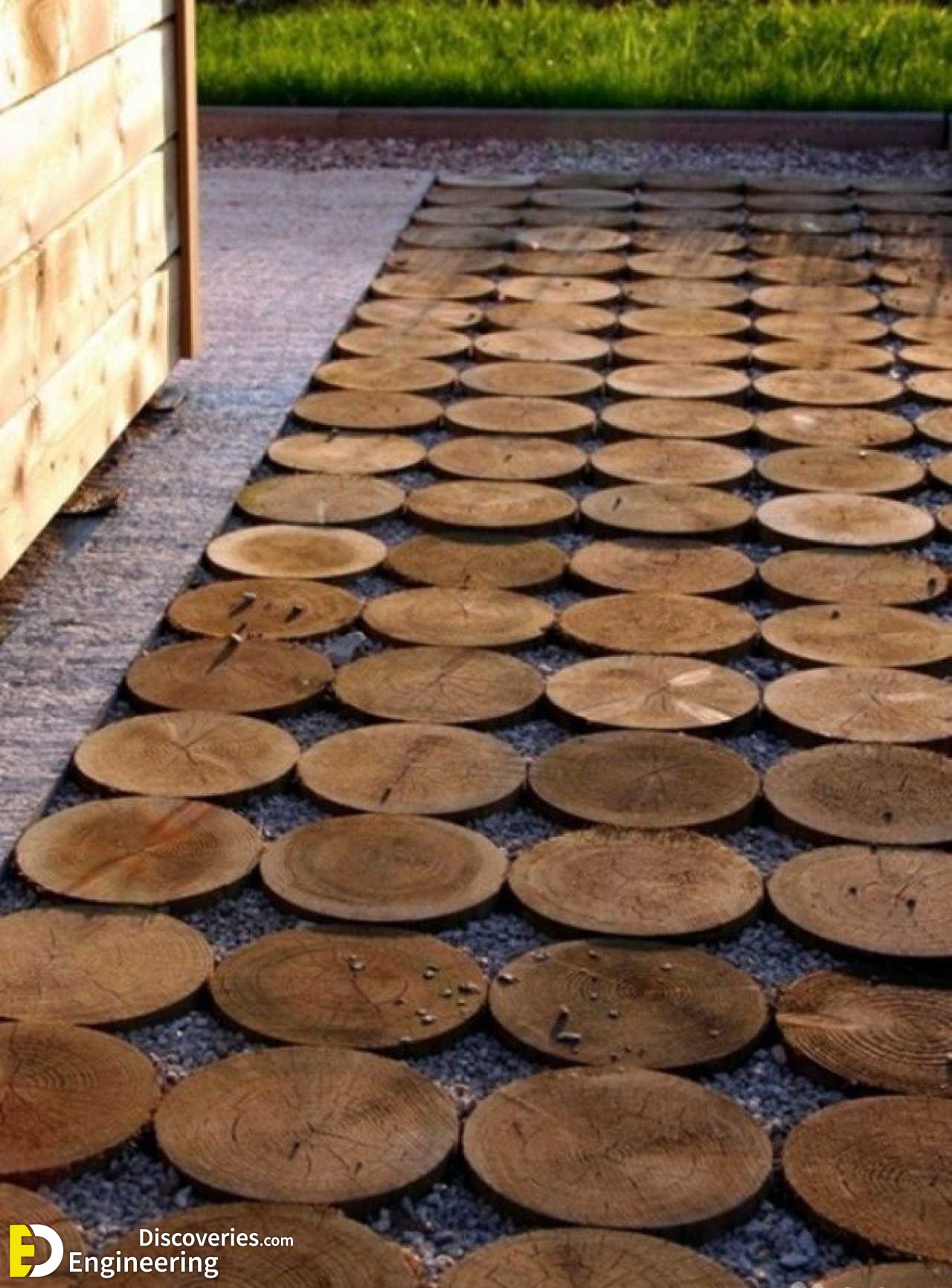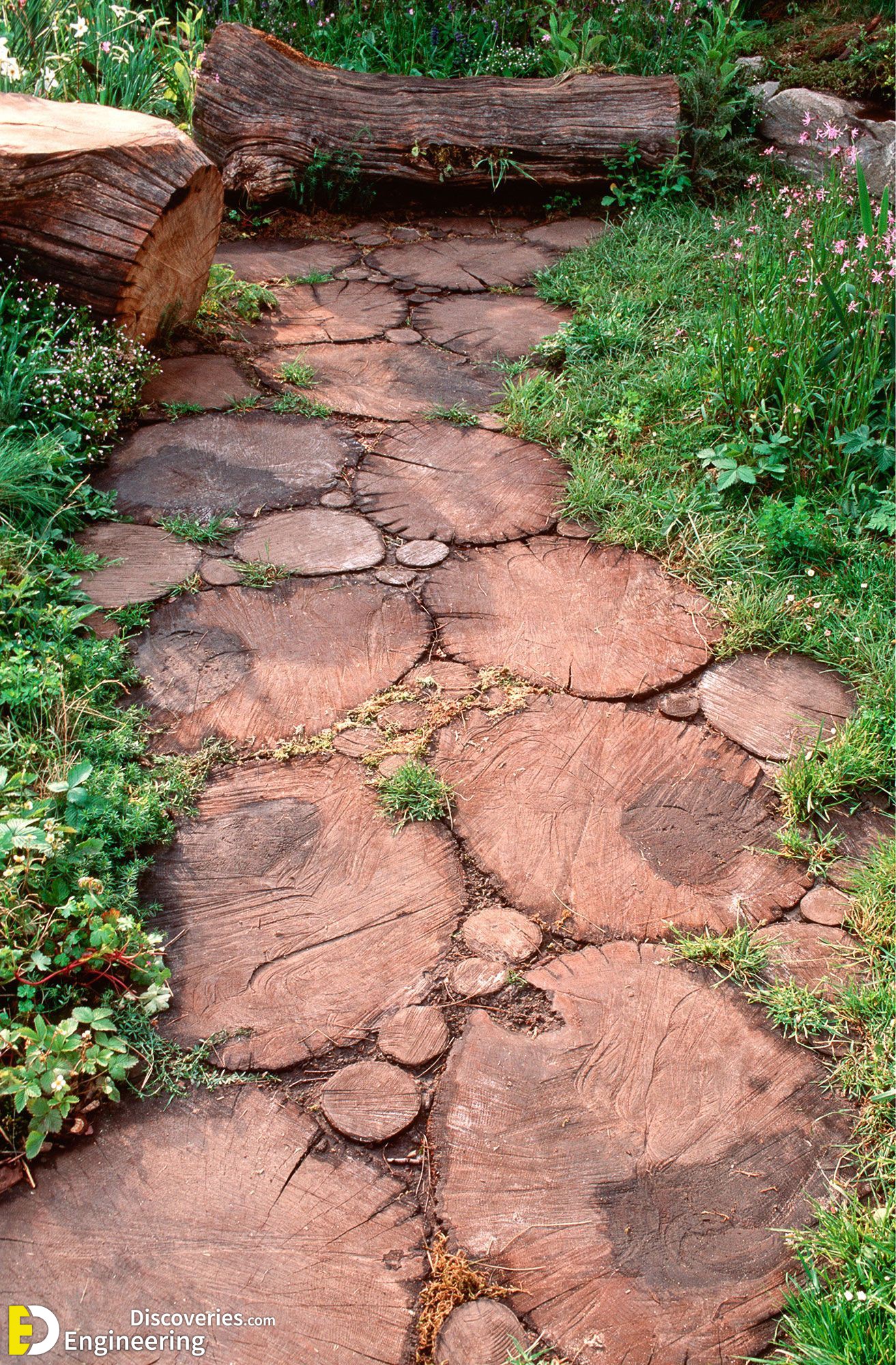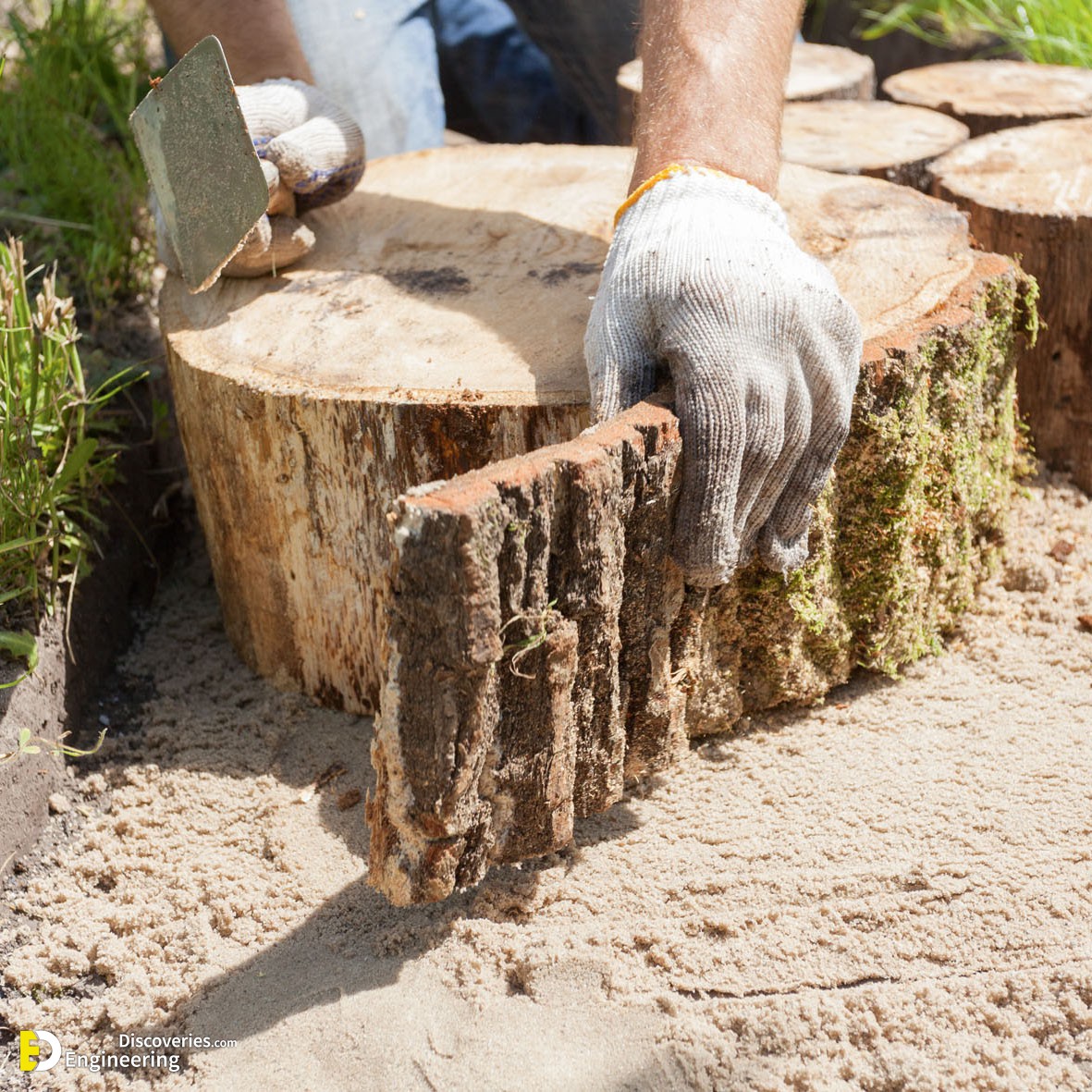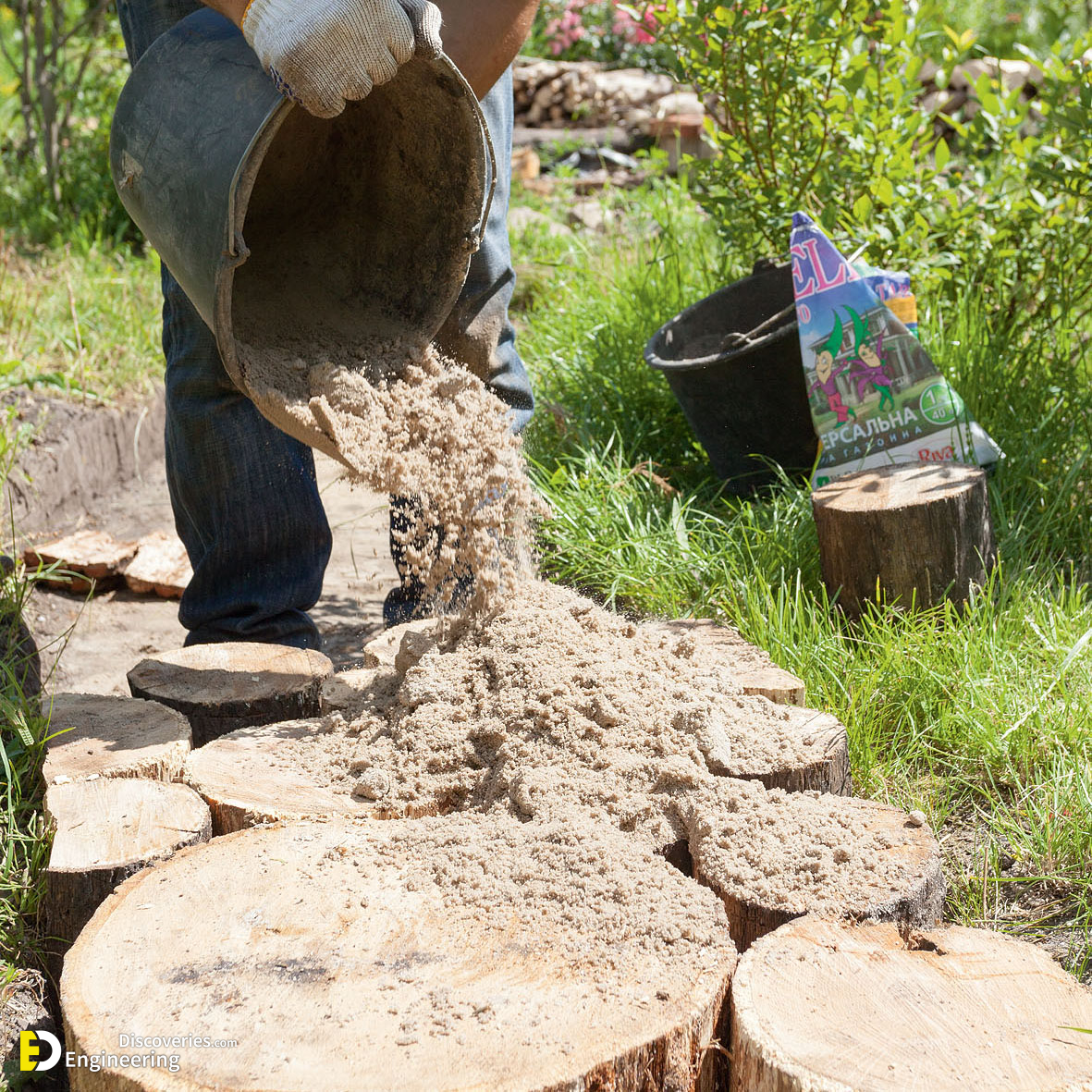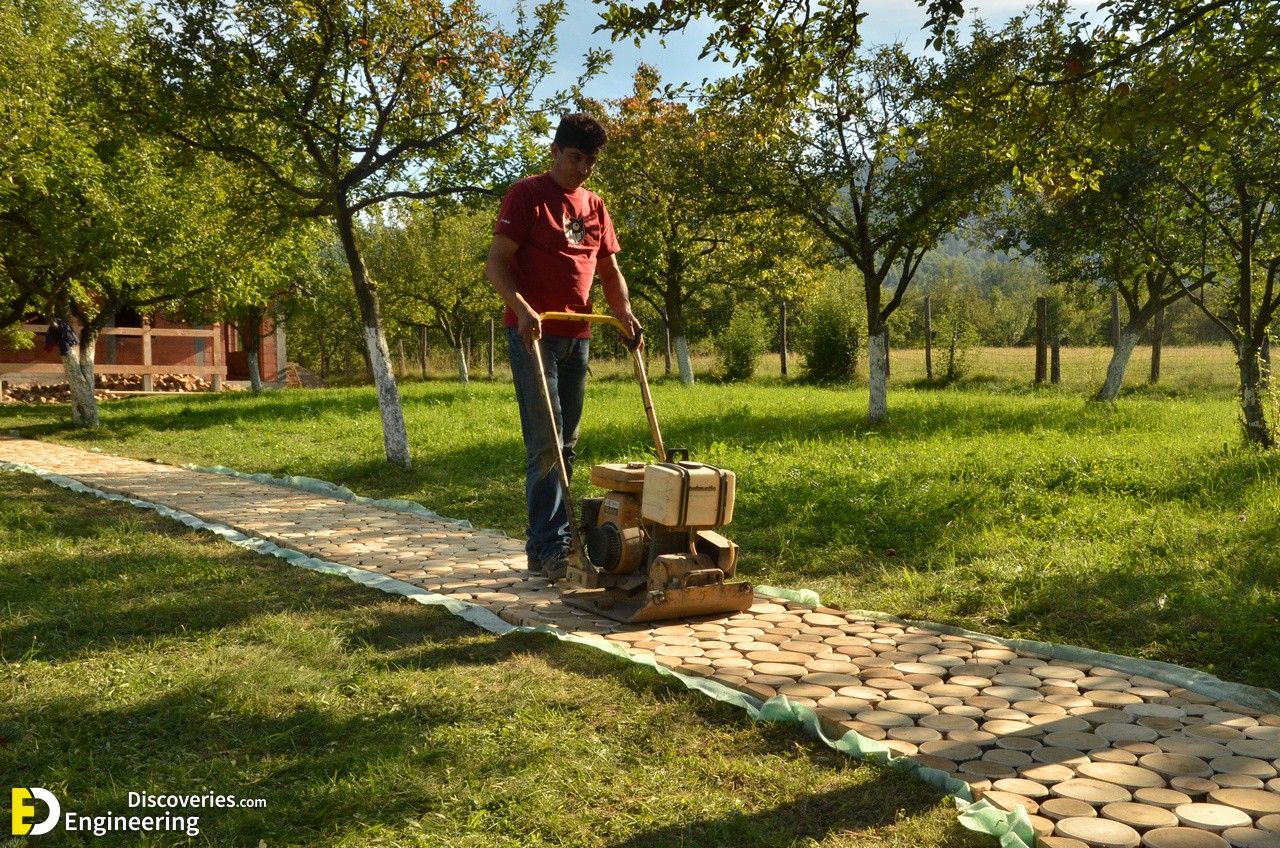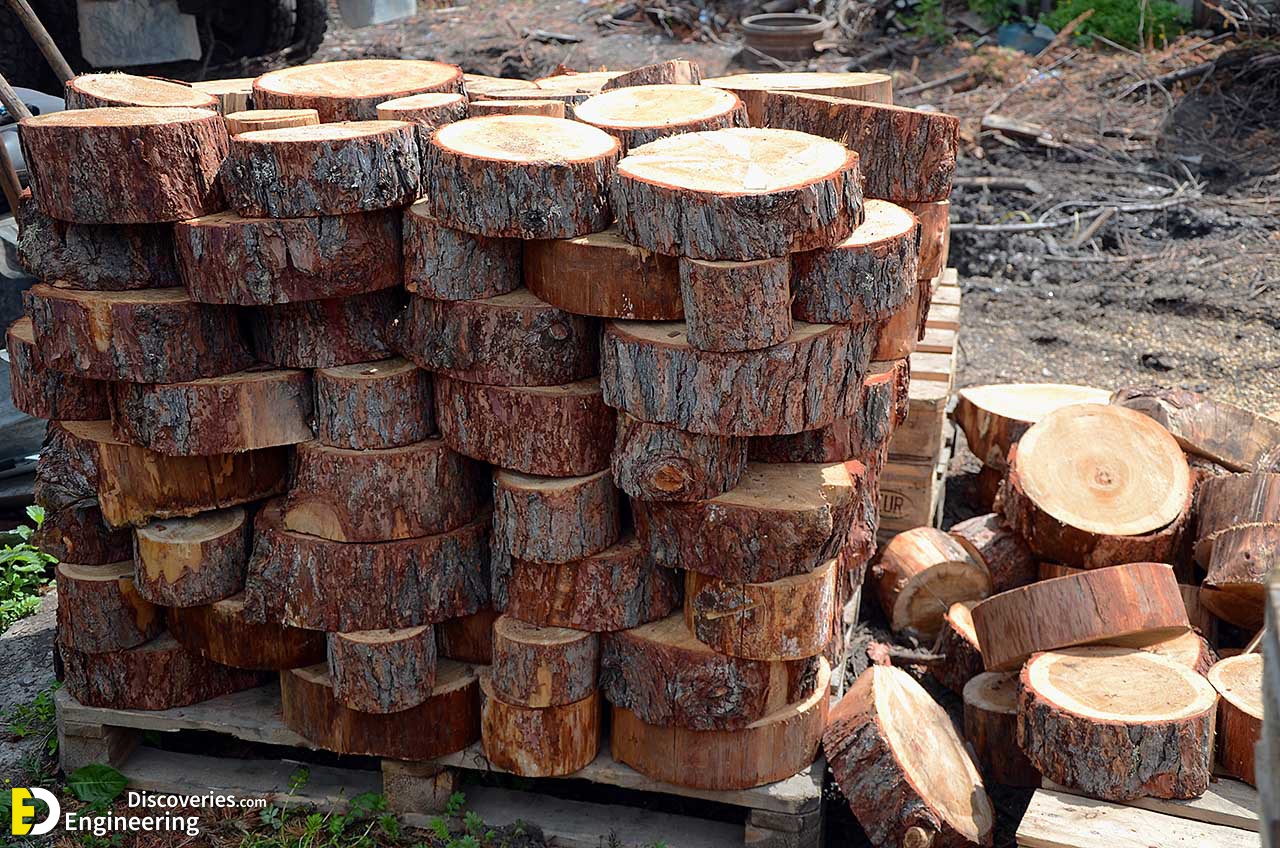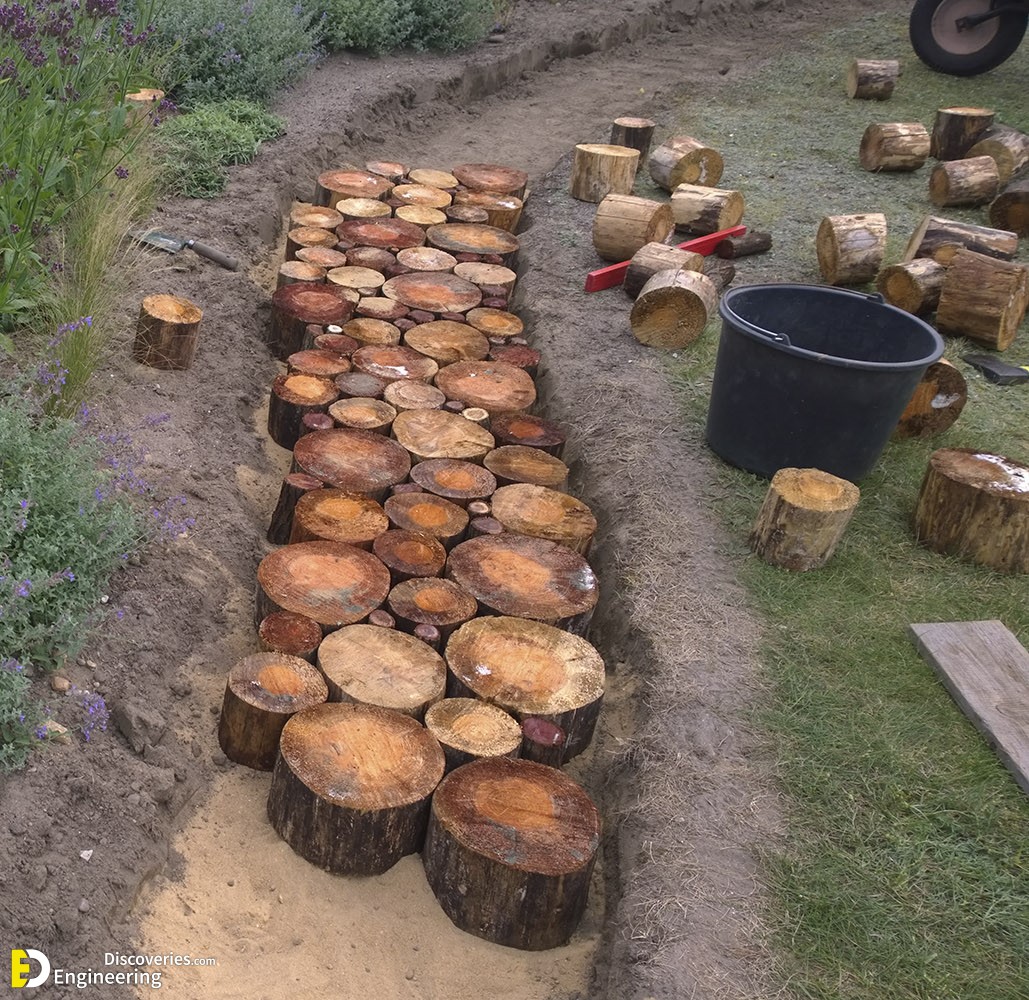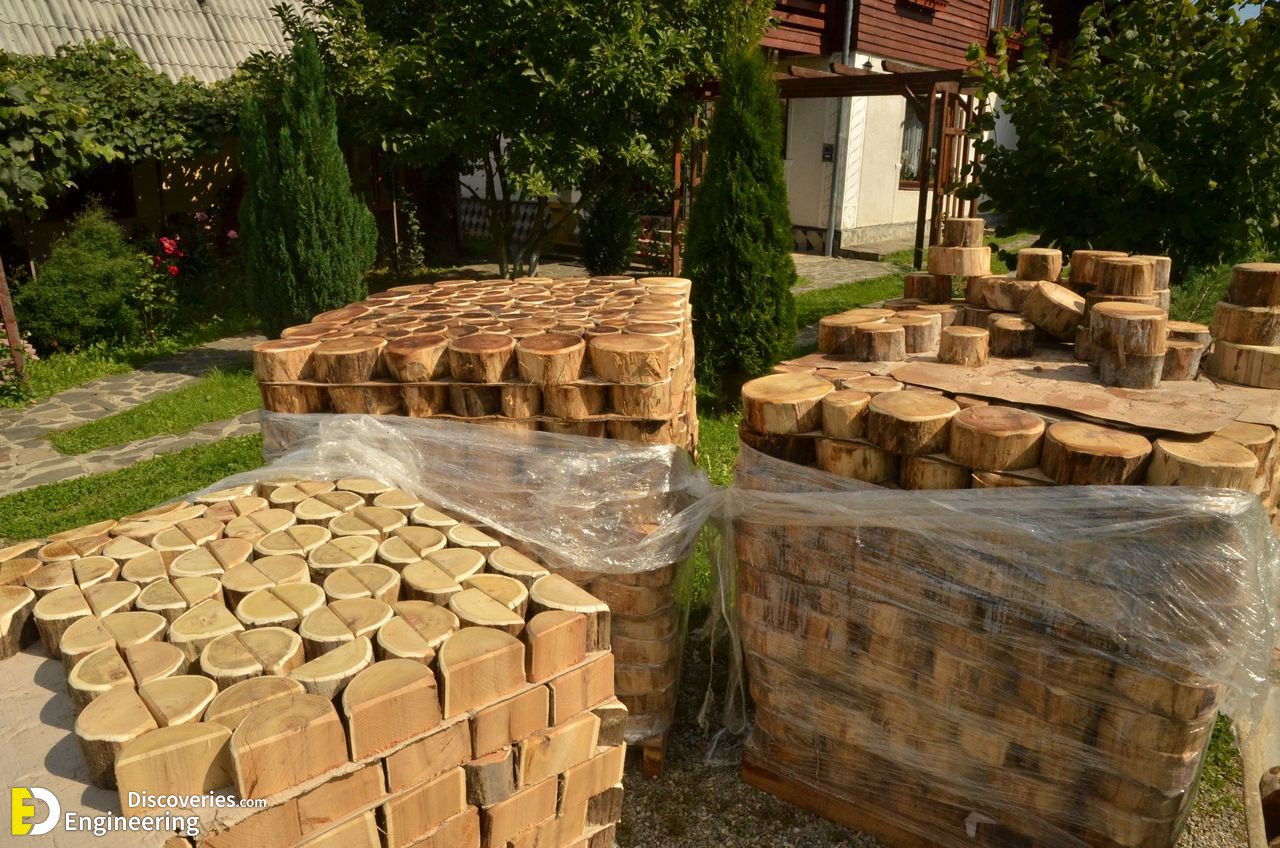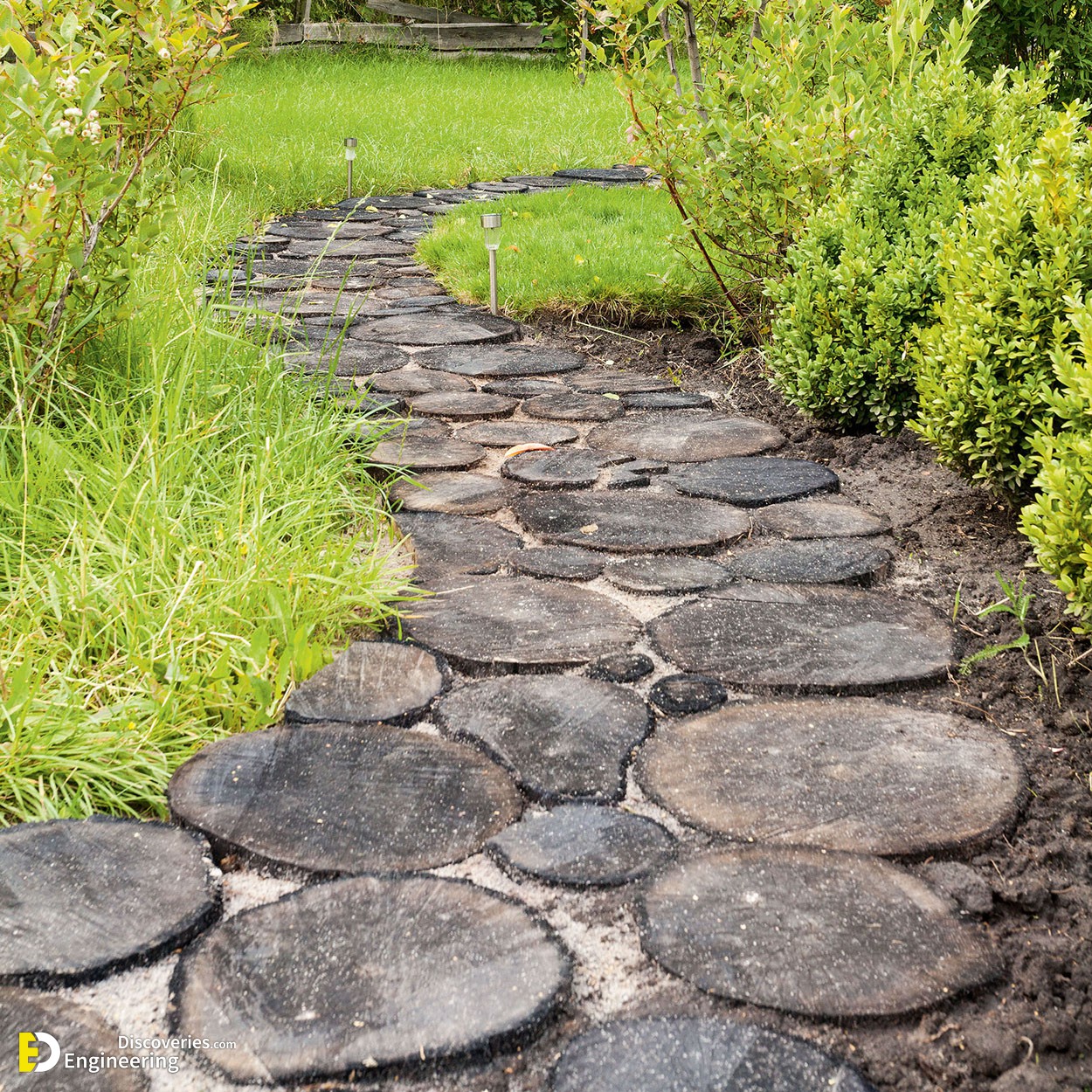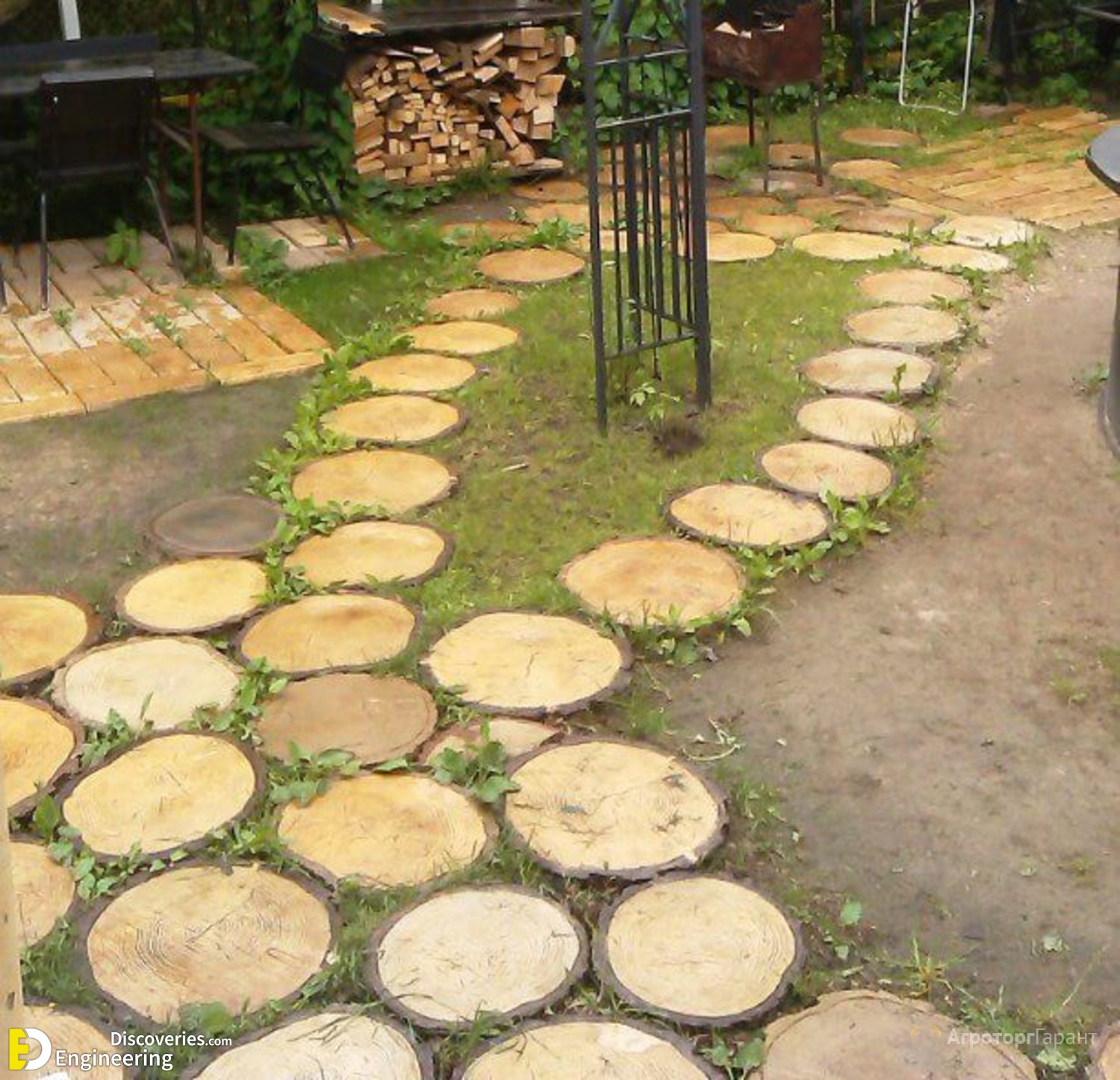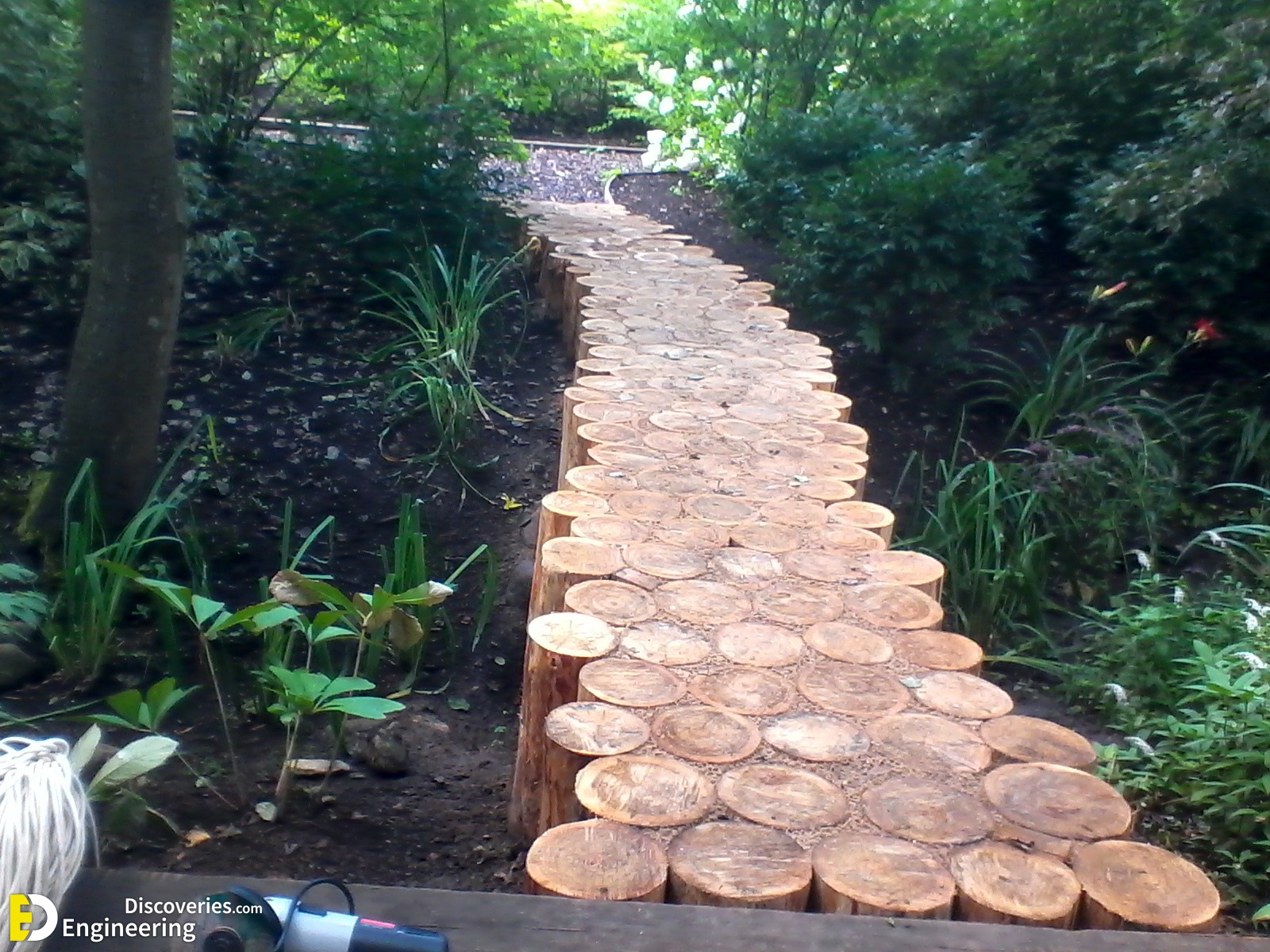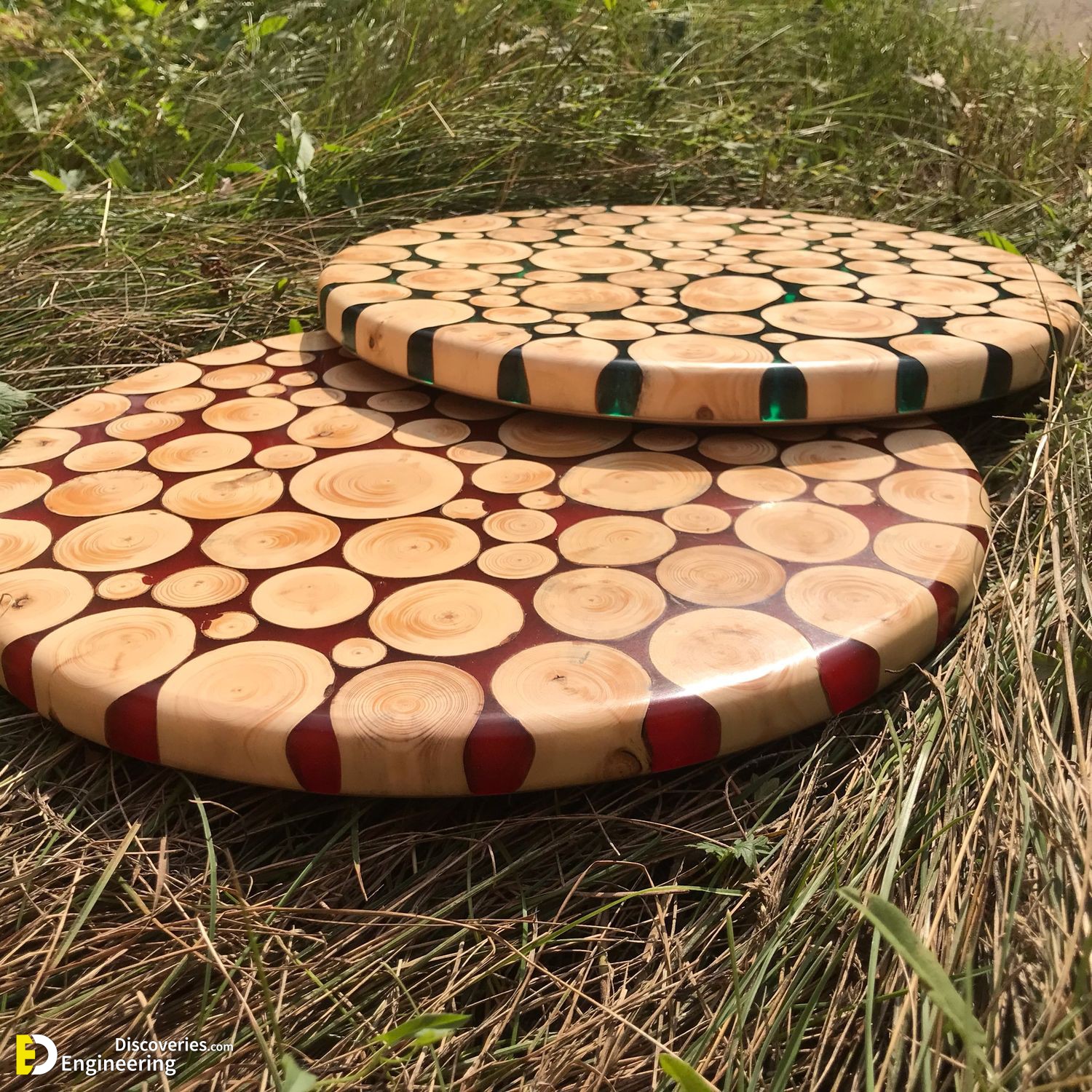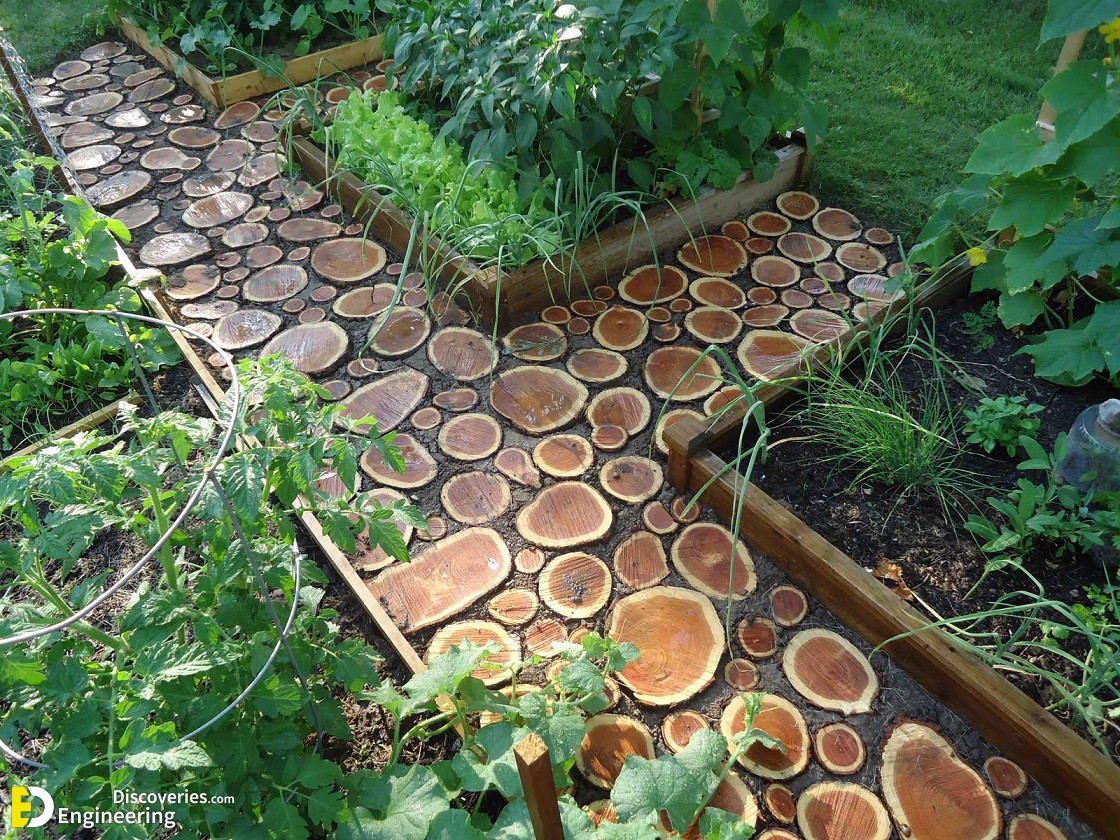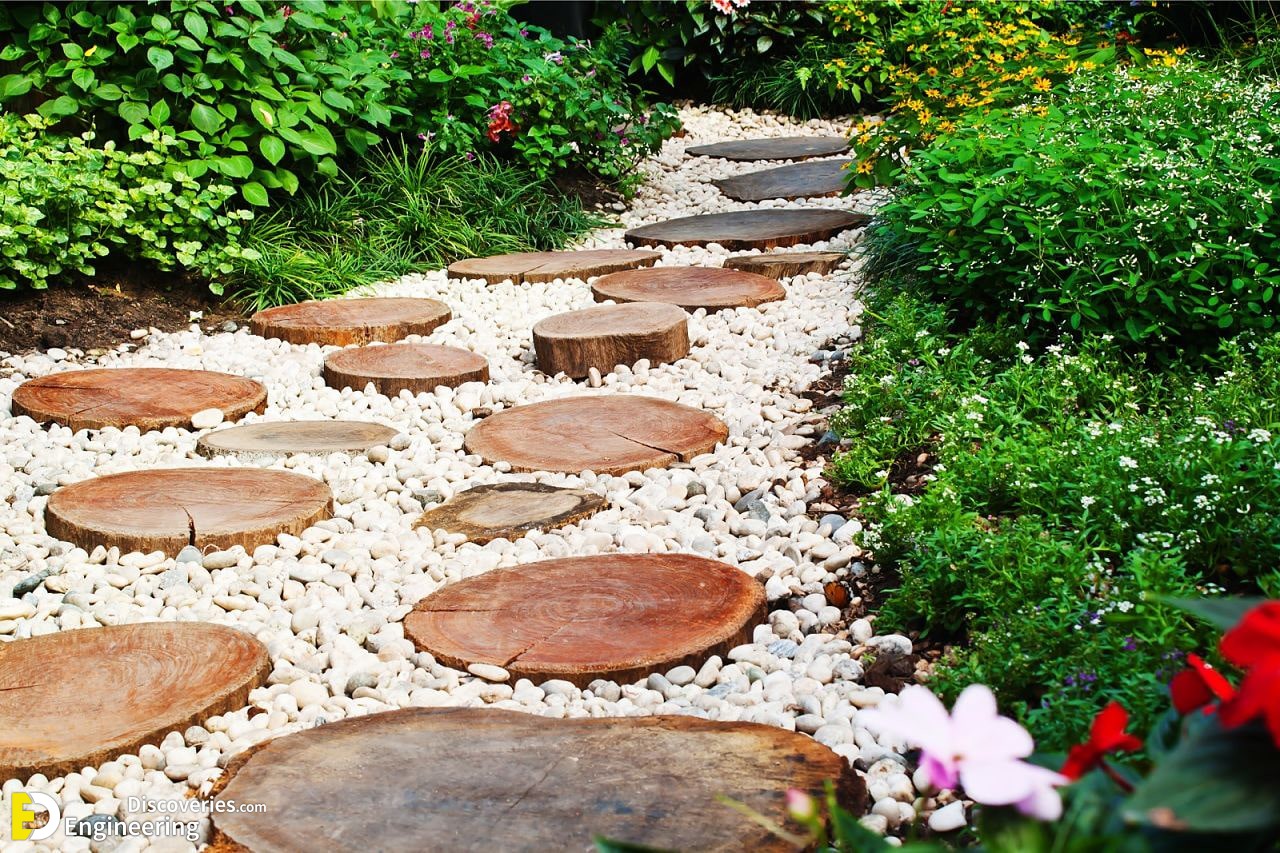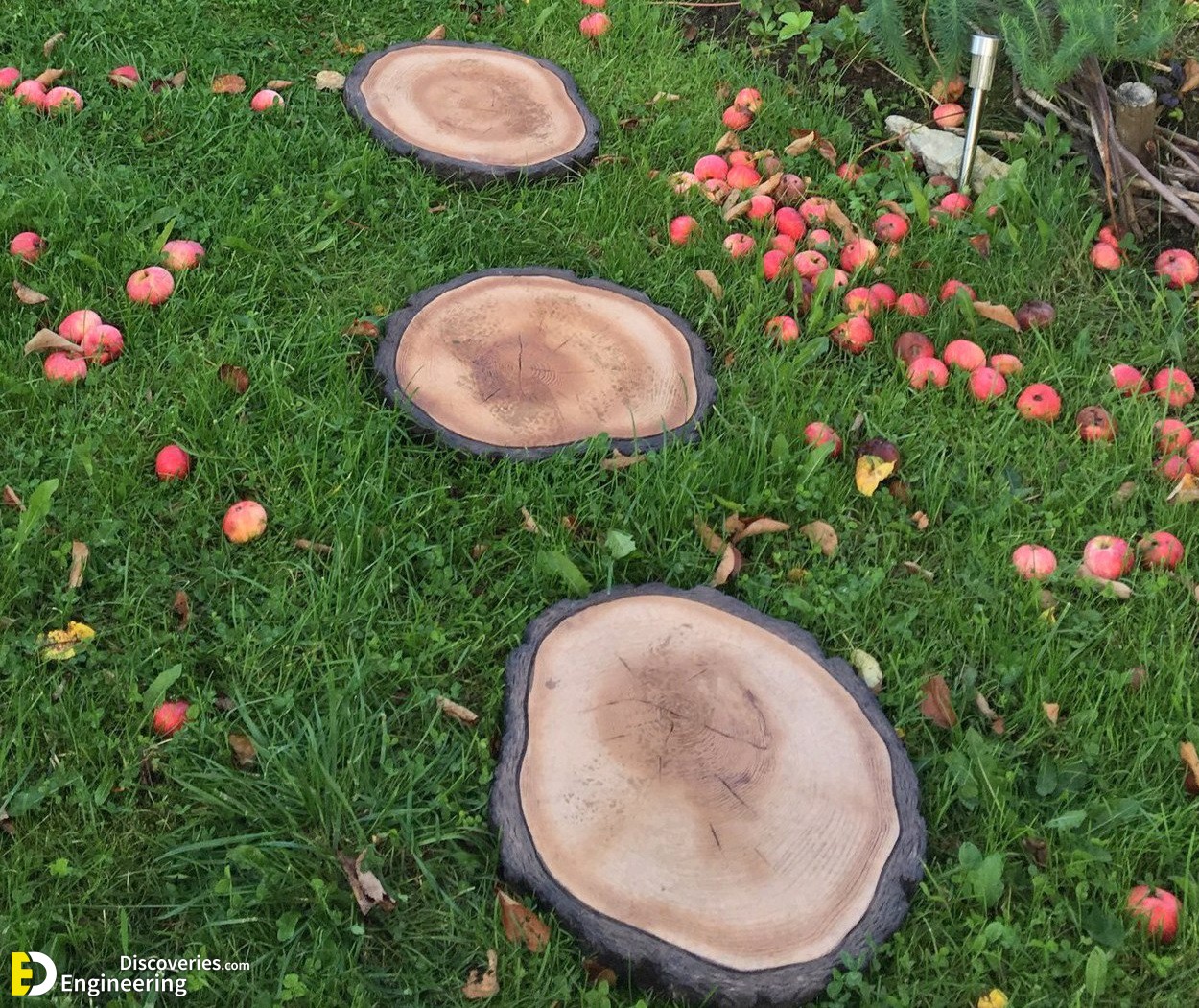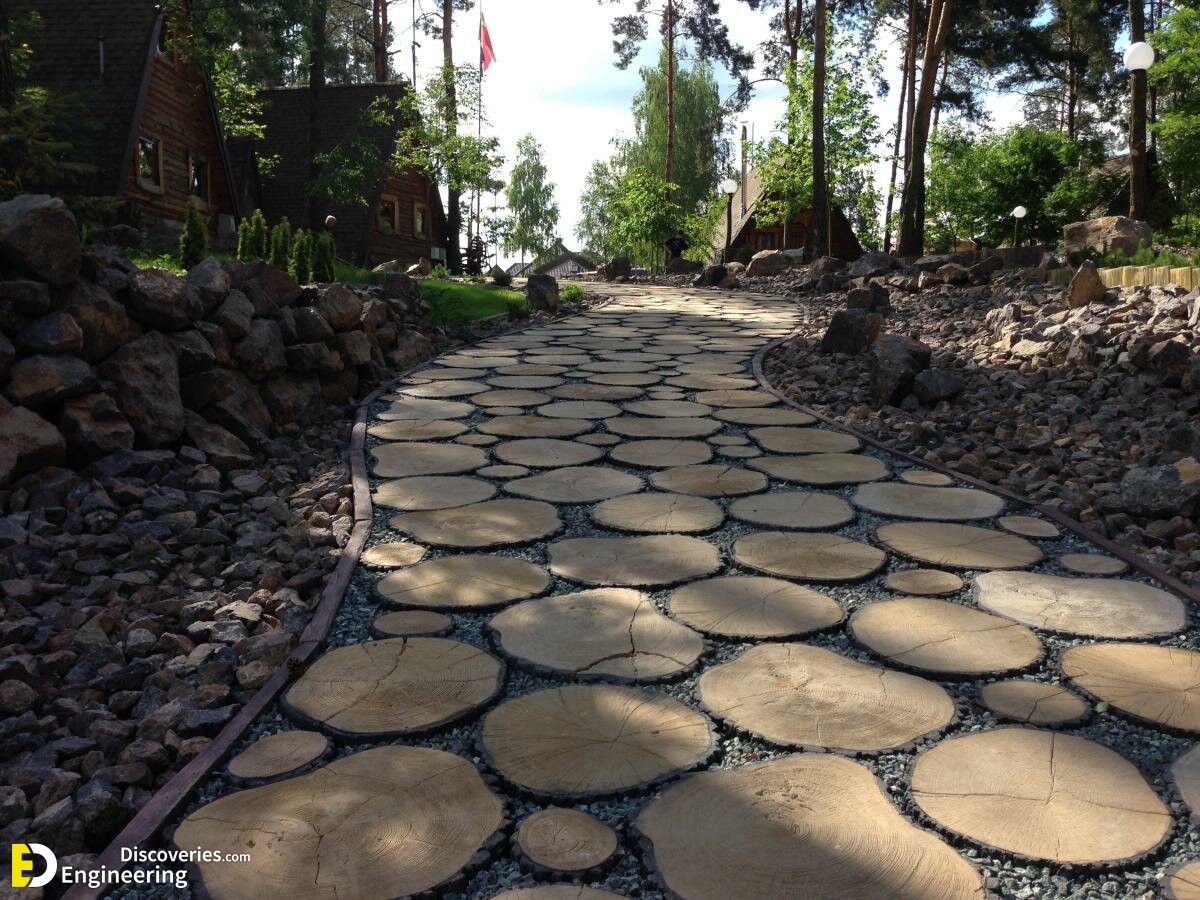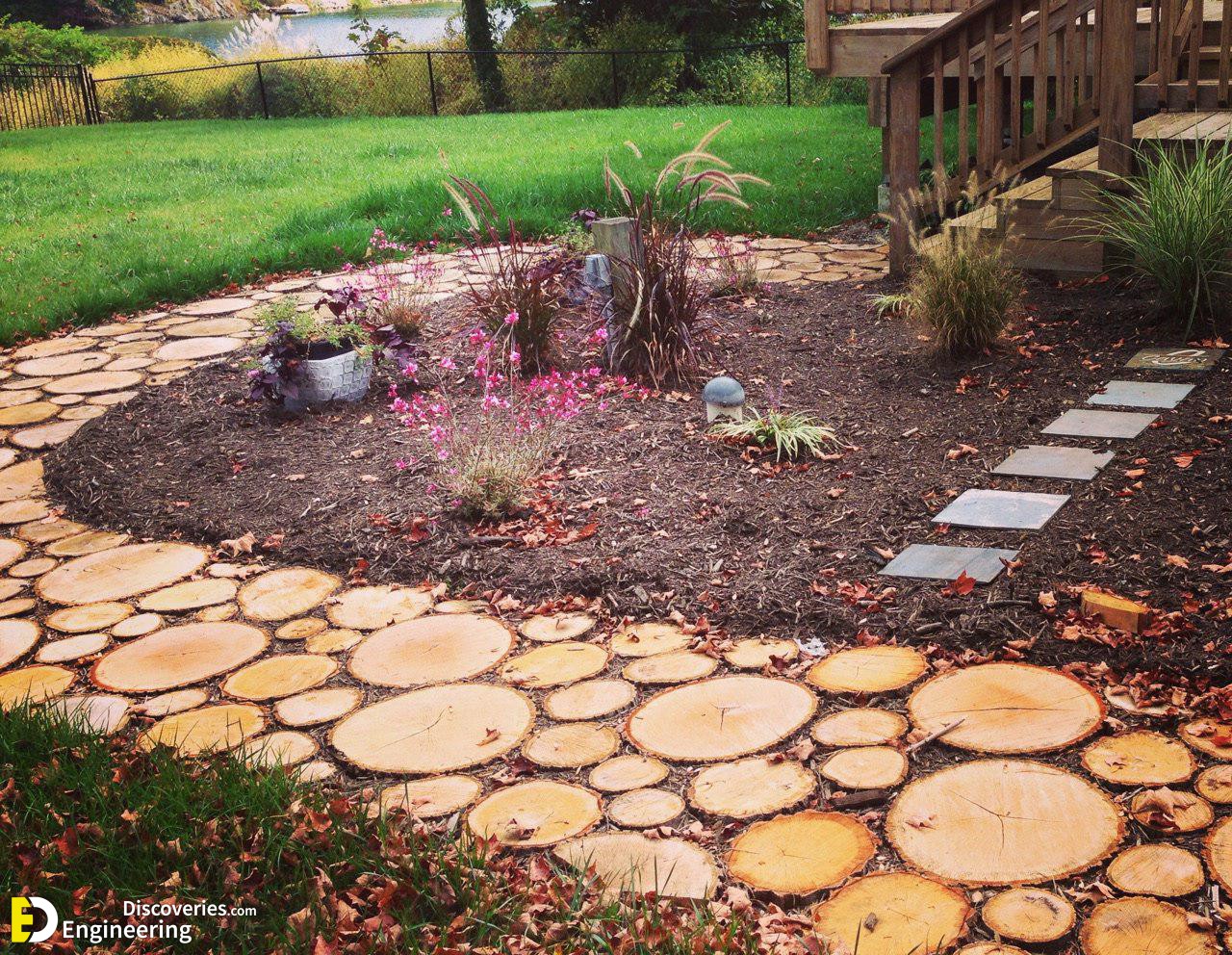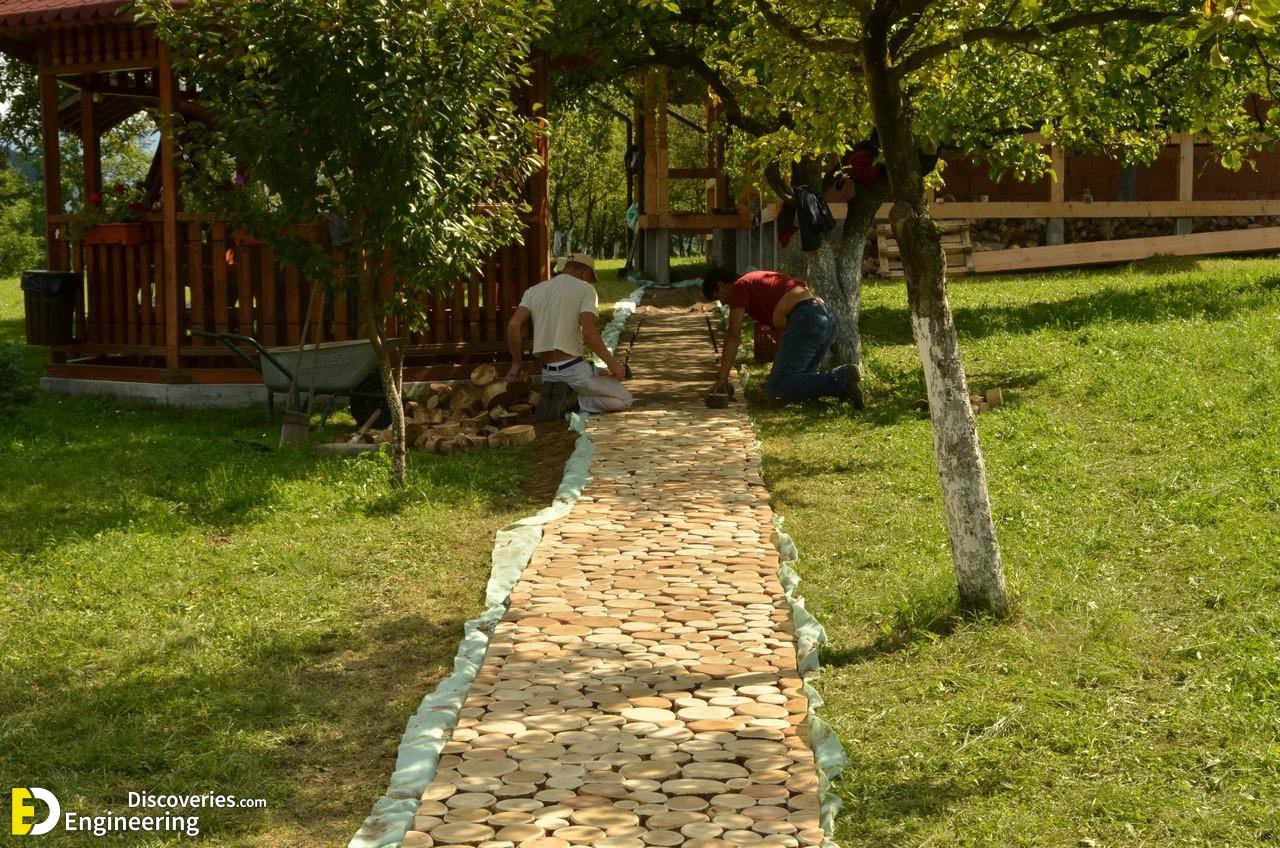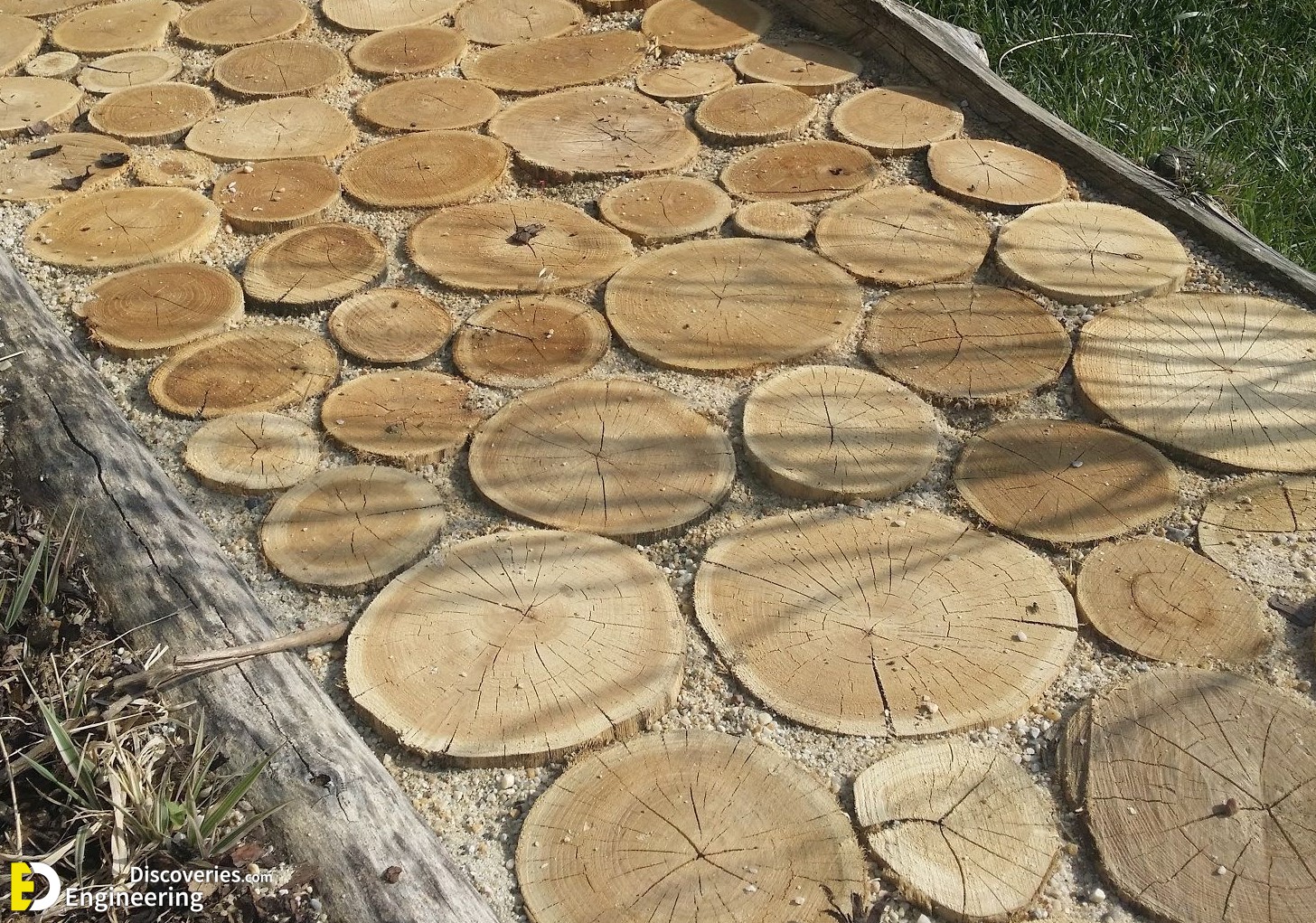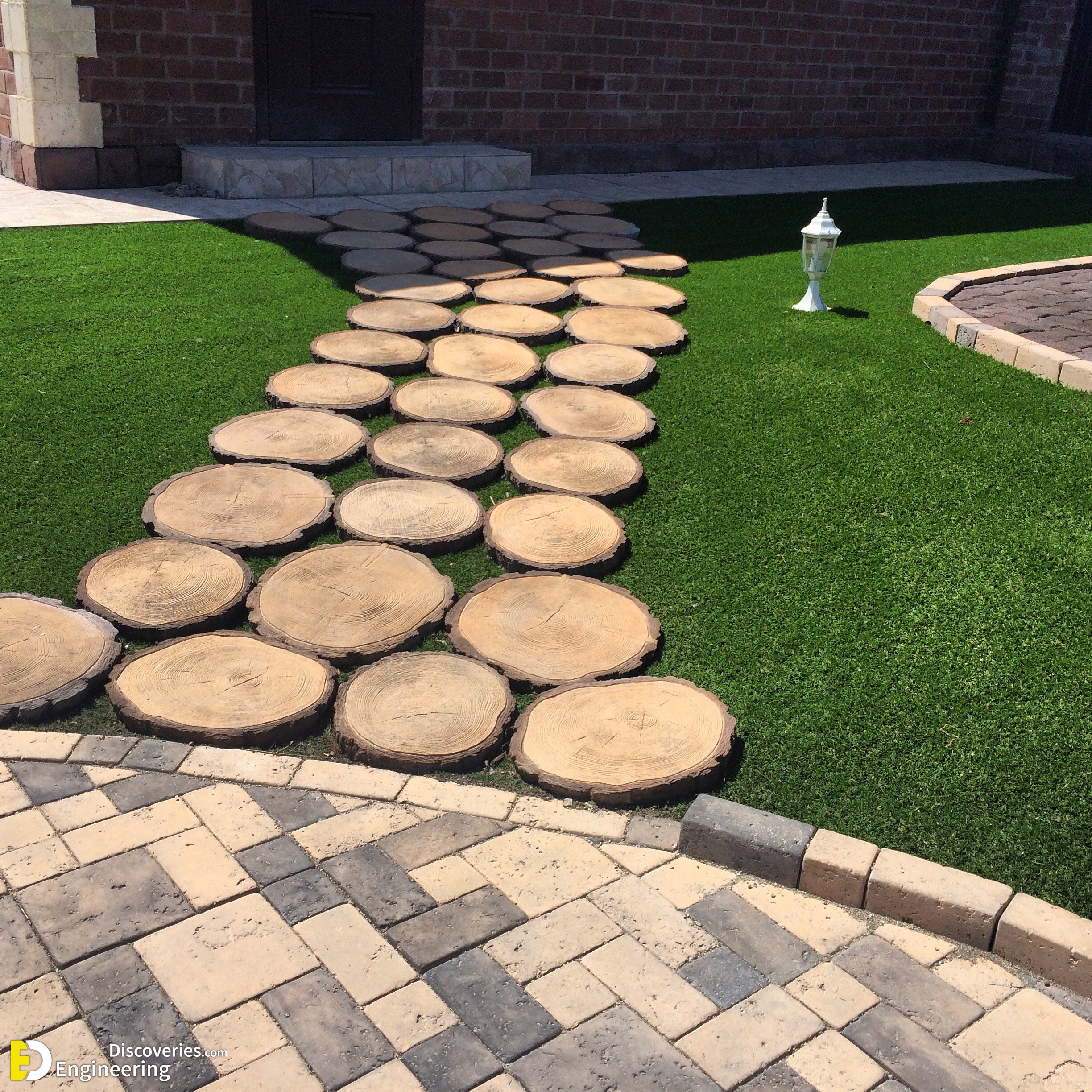Wood can be a beautiful and natural material for a garden path, adding warmth and character to your landscape. However, it’s important to consider both the pros and cons before making a decision.
Pros:
- Natural Beauty: Wood adds a natural element to your garden, blending seamlessly with the surrounding greenery.
- Versatility: You can use a variety of wood types and shapes to create unique and custom pathways.
- Warmth and texture: Wood provides a softer and warmer feel underfoot than stone or concrete.
- Easy Installation: Compared to other materials, wood paths can be relatively easy to install, especially if using pre-made planks or modules.
- Eco-Friendly: Reclaimed wood can be a sustainable and environmentally friendly option.
Cons:
- Durability: Wood is susceptible to rot, decay, and insect damage, requiring regular maintenance and replacement.
- Cost: Depending on the type of wood and installation method, wood paths can be more expensive than other materials.
- Slippery: Wood can become slippery when wet, especially untreated varieties.
- Weeds: Gaps between planks can allow weeds to grow through, requiring additional maintenance.
Tips for using wood for a garden path:
- Choose the right wood: Use pressure-treated wood or naturally rot-resistant wood like cedar or redwood.
- Treat the wood: Apply a sealant or stain to protect the wood from moisture and sun damage.
- Install drainage: Ensure good drainage beneath the path to prevent waterlogging and rot.
- Use edging: Install edging materials like stones or bricks to keep the wood in place and prevent soil erosion.
- Consider spacing: Decide on the desired spacing between planks to allow for drainage and grass growth if desired.
- Maintenance: Regularly inspect the path for damage or rot and apply sealant or treatment as needed.
Click Here To See Inspirational Garden Stone Pathway Designs That Are Very Creative
